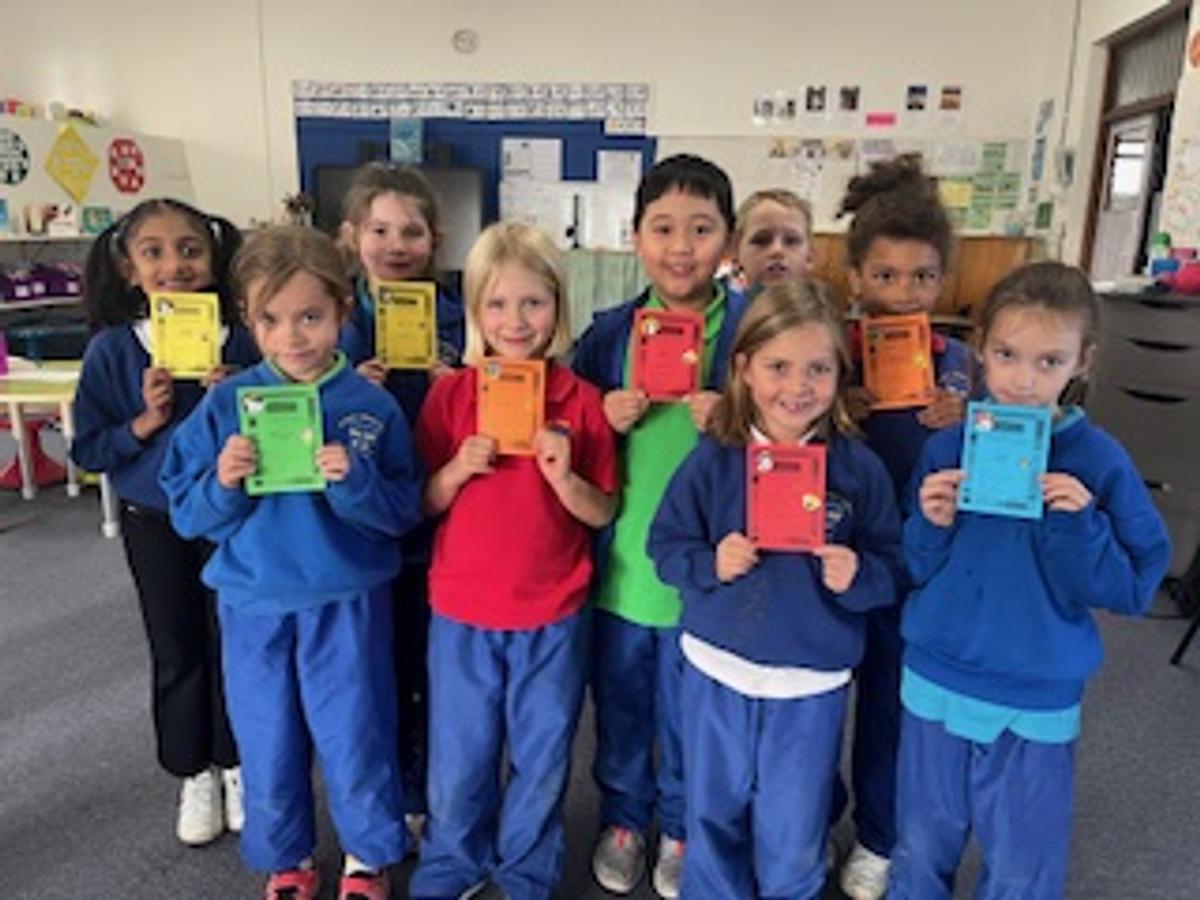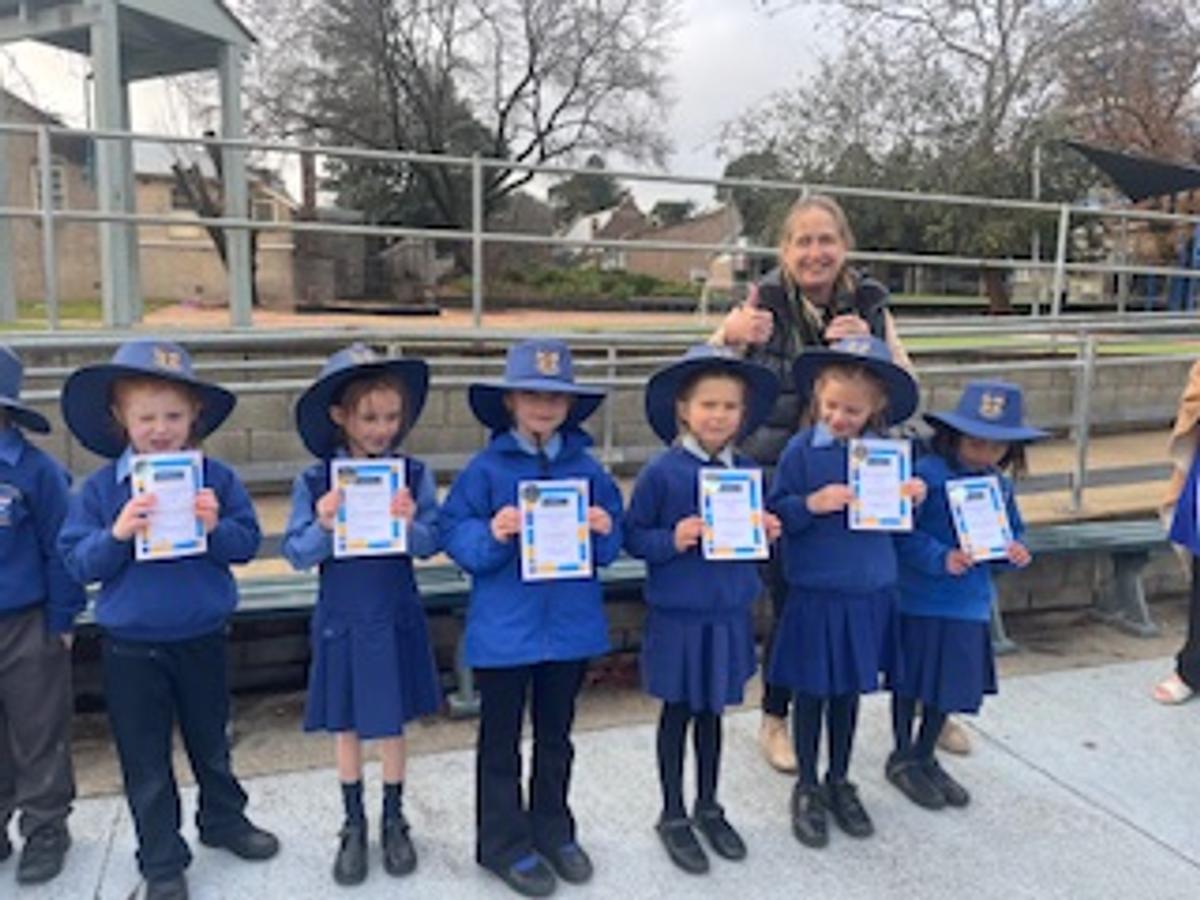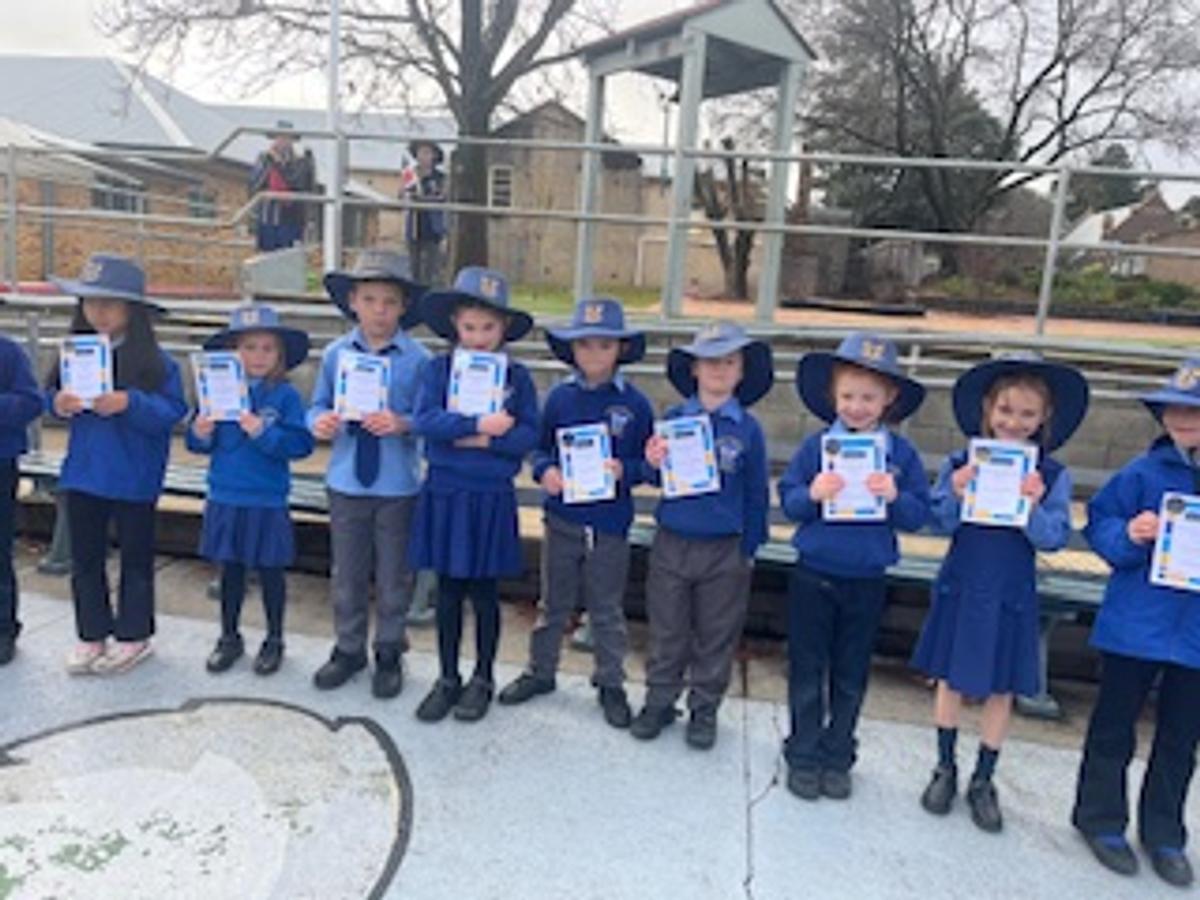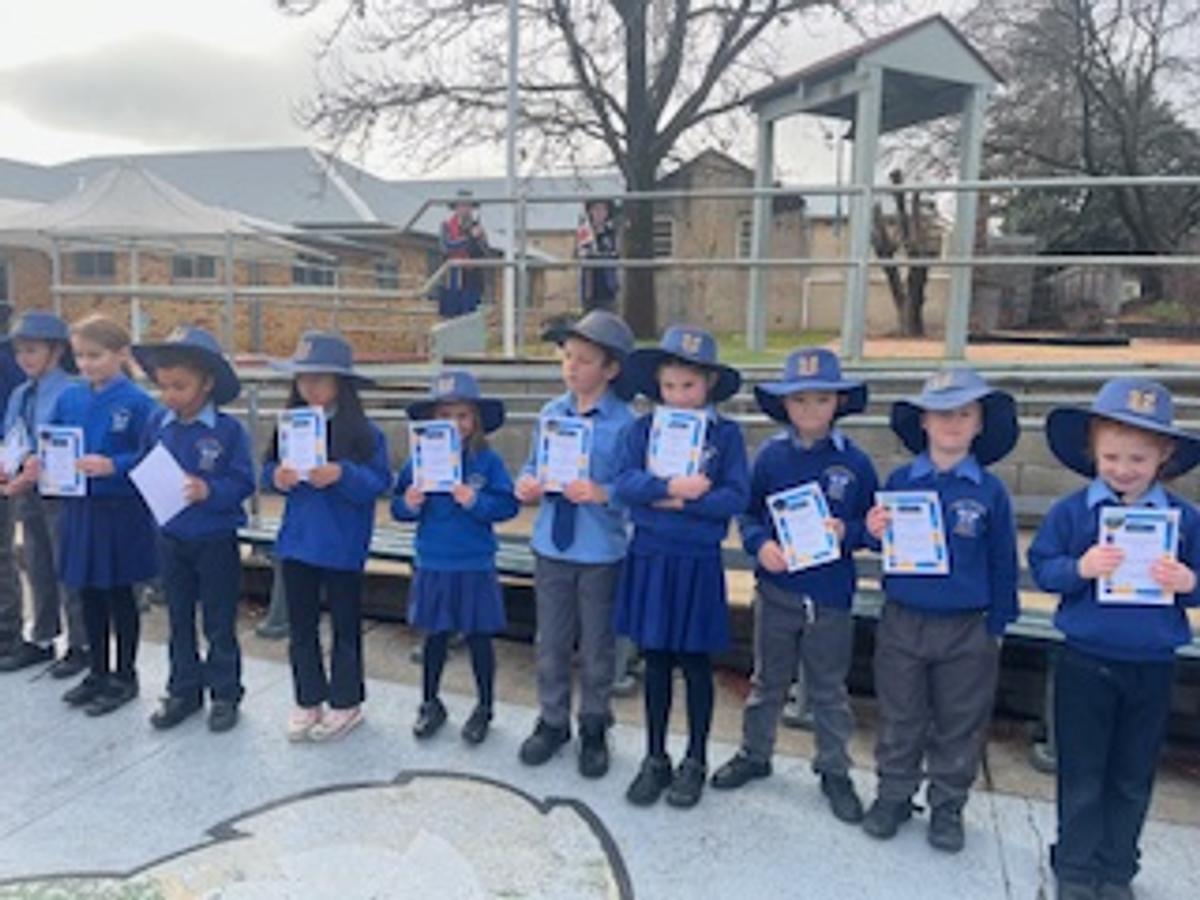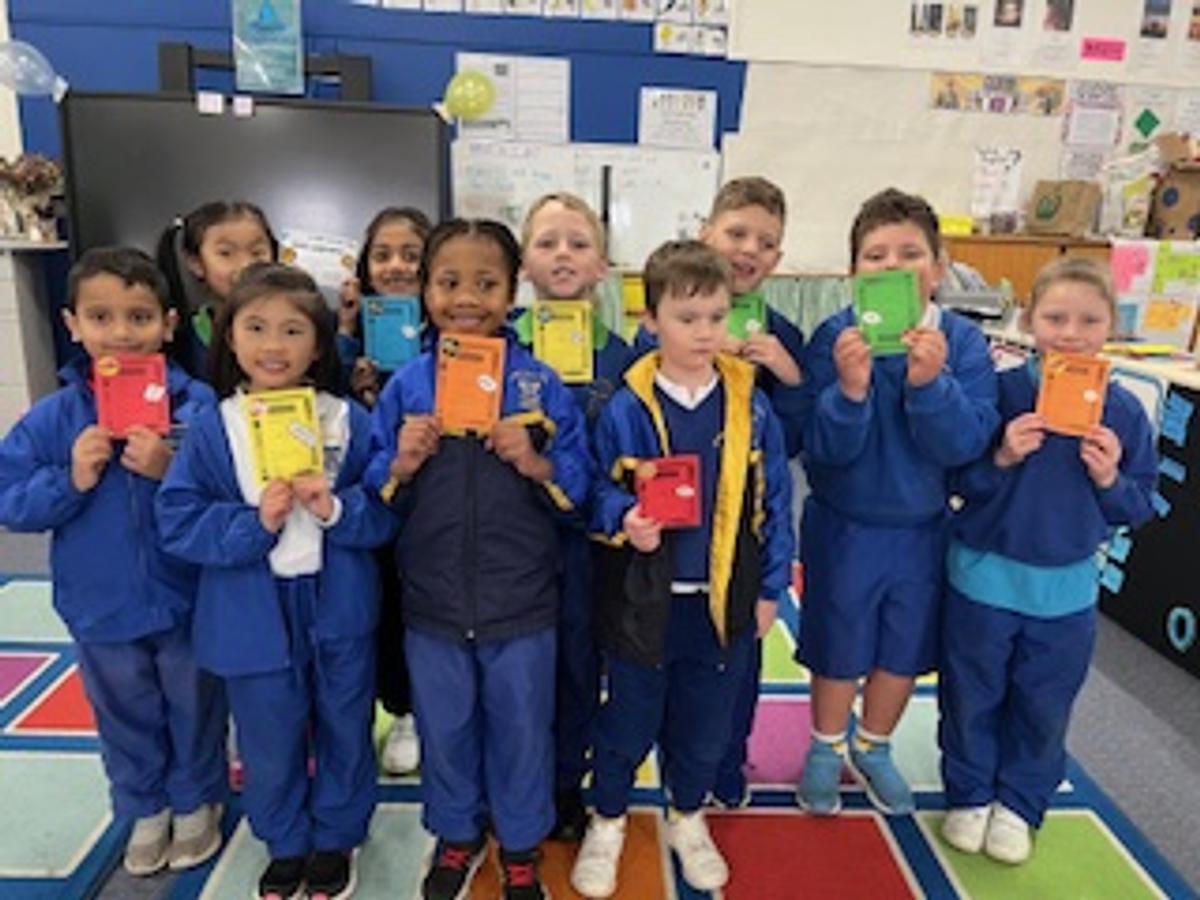PHOTO GALLERY & Classroom Learning
K - Yr 6 Snapshots

PHOTO GALLERY & Classroom Learning
K - Yr 6 Snapshots
What is happening in the world of Mathematics at St Mary's Week 8?
Maths At Home:
Kindergarten - Addition
Kindergarten are having so much fun with Addition.
Encourage your child to help you when out shopping by counting and collecting objects to put into the basket, e.g. ‘Can you get 2 apples? (add more) How many do we have altogether?’
How many more make 10 in each 10 frame?
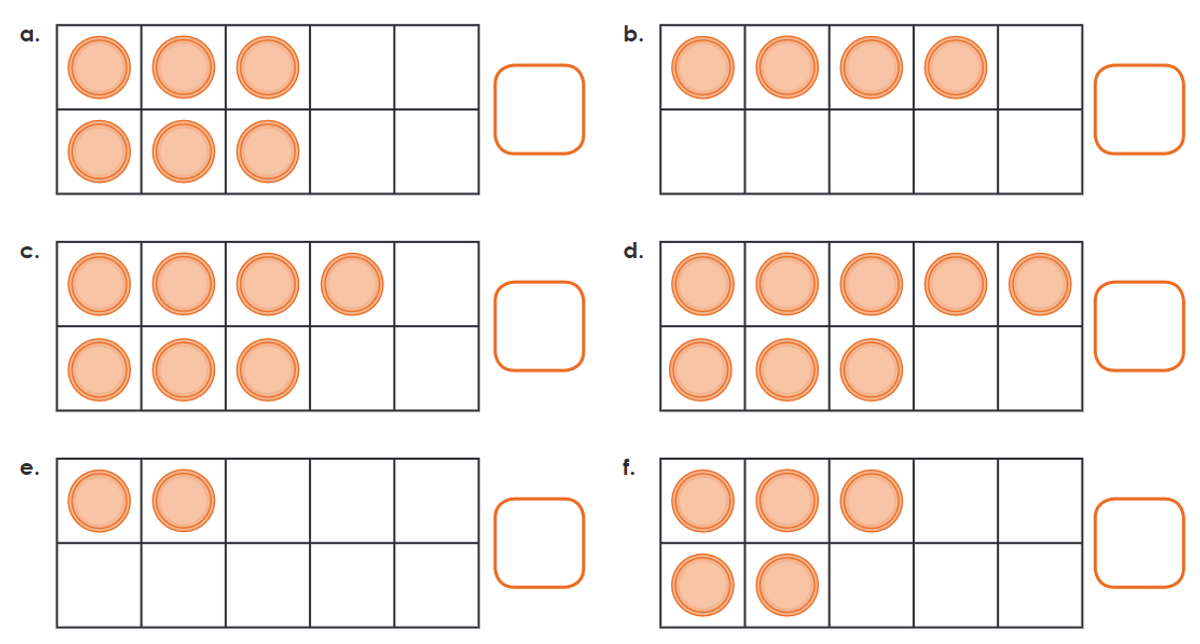

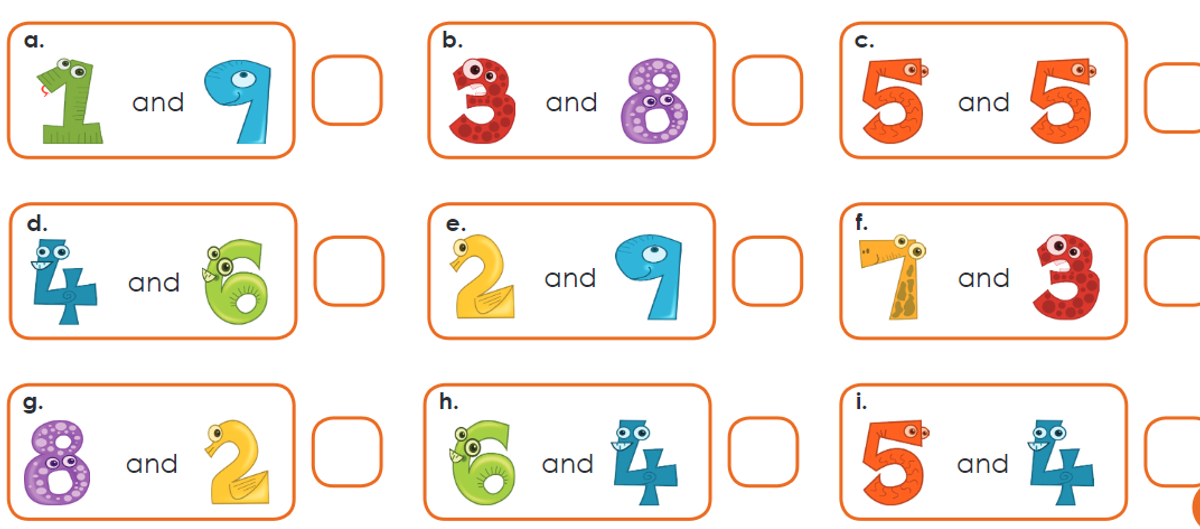

Which combinations above make 10?
Stage 1 - Subtraction
For many years, the expectation was that students use the formal written algorithm rather than their own mental strategies for addition and subtraction.
Rather than teach rules and procedures, we now need to encourage students to explain their strategies using both concrete materials and diagrams to demonstrate their knowledge of addition and subtraction.
Students should develop an understanding that the process of subtraction can be indicated by a variety of language structures. The language used in the comparison type of subtraction can be different from that used in the take away type. For example, how might a teacher say ‘9 minus 3’?
| Comparison language | Take away language |
| What is 3 subtracted from 9? | Reduce 9 by 3. |
| By how much does 9 exceed 3? | From 9 take 3. |
| What number is 3 less than 9? | Take 3 from 9. |
| What is the difference between 9 and 3? | 9 take away 3. |
| How many added to 3 make 9? | Decrease 9 by 3. |
| How many more than 3 is 9? | From 9 subtract 3 |
Stage 2 - Multiplication
Times tables are a brilliant brain-training exercise for students. Good times-tables knowledge is vital for quick mental maths calculations and problem solving, e.g. if a child knows that 6 x 3 = 18 they will be able to work out that 6 x 30 = 180 or 60 x 3 = 180 almost instantly.
Problems to solve:
In a classroom, there are 3 tables that seat 10 people each. What is the total number of students who can be seated in the classroom.
I have to attach legs to 20 stools. Each stool has five legs. How many legs will I attach?
Stage 3 - Time
Stage 3 are working on Time.
Practice Conversion Skills: Encourage your child to practice converting between 12-hour and 24-hour time formats regularly. Provide them with opportunities to work with different times and contexts. You can create activities where they convert between the two formats, using both digital and analog clocks.
Create Real-life Scenarios: Help your child understand the practical application of both 12- and 24-hour time systems by creating real-life scenarios. For example, discuss with them why 24-hour time is used in contexts like train schedules or international communication to avoid confusion between AM and PM.
Tips for parents:
Encourage Real-World Exploration: Encourage your child to explore real-world scenarios that involve measurement and area estimation. For example, involve them in home improvement projects where they can measure and calculate the area of rooms or garden spaces. This hands-on experience will reinforce their understanding of square centimeters and square meters and help them see the practical applications of these concepts.
Use Everyday Objects: Help your child practice estimating and comparing areas using everyday objects around the house. For instance, ask them to estimate the area of a table or rug using square centimeters or square meters. This activity can be turned into a fun game where they measure different objects and compare their estimations with actual measurements.
Year 1
Religion
Students doing a gallery walk to improve their work.
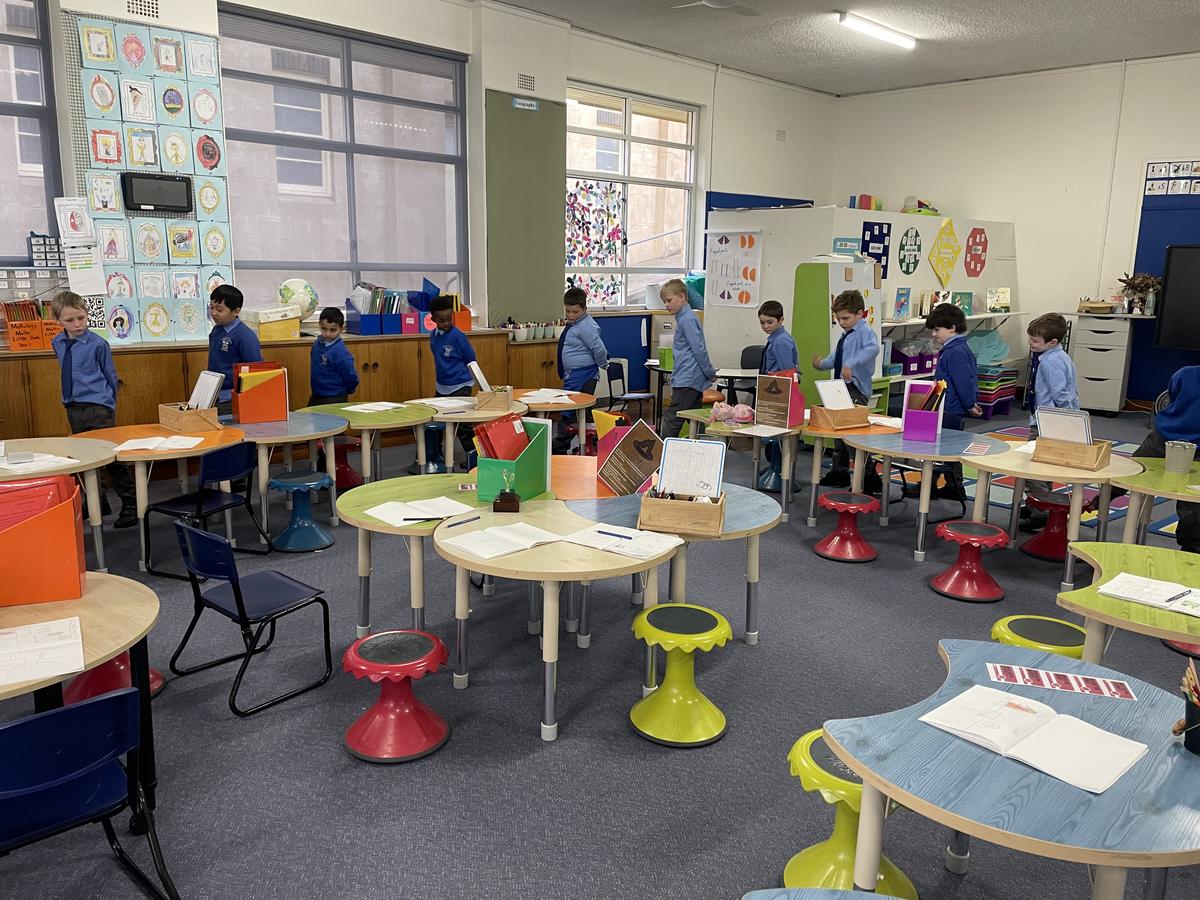

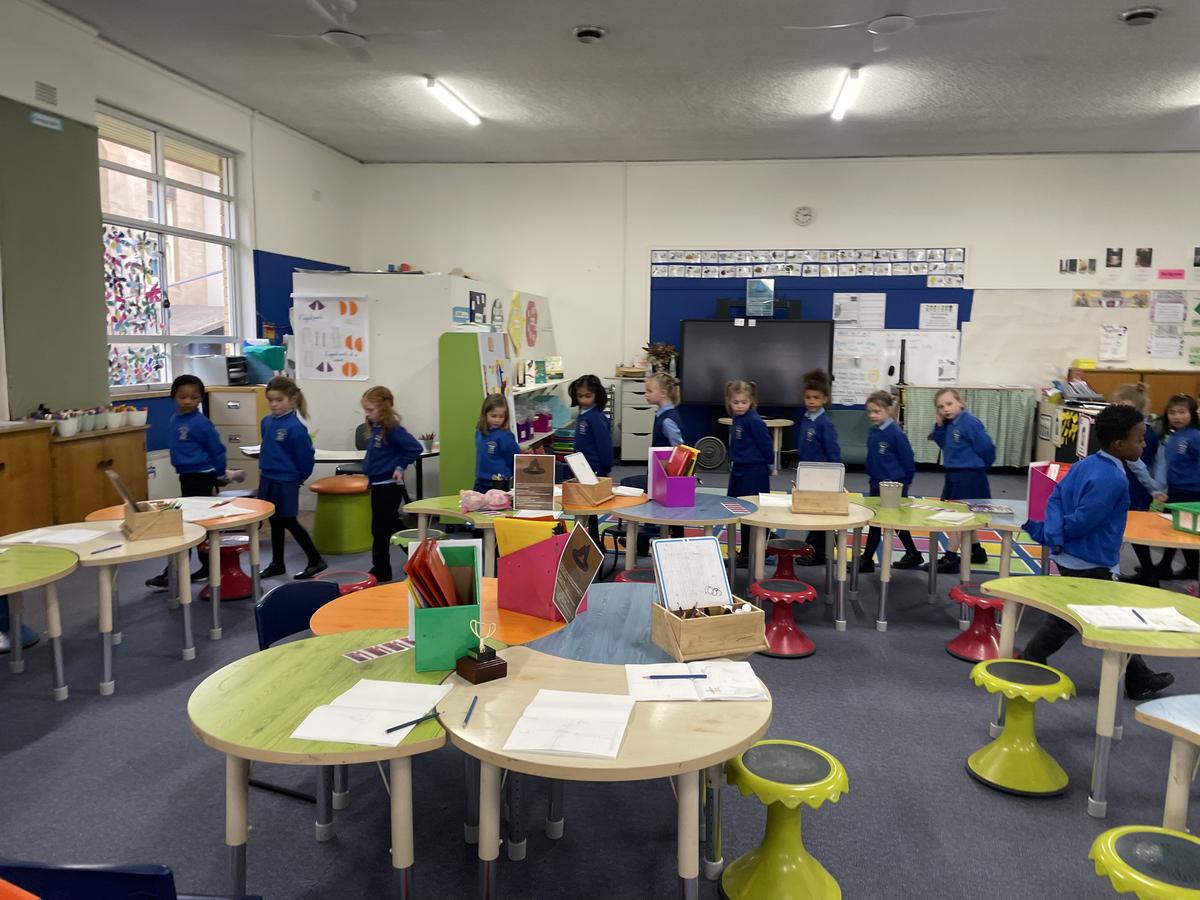

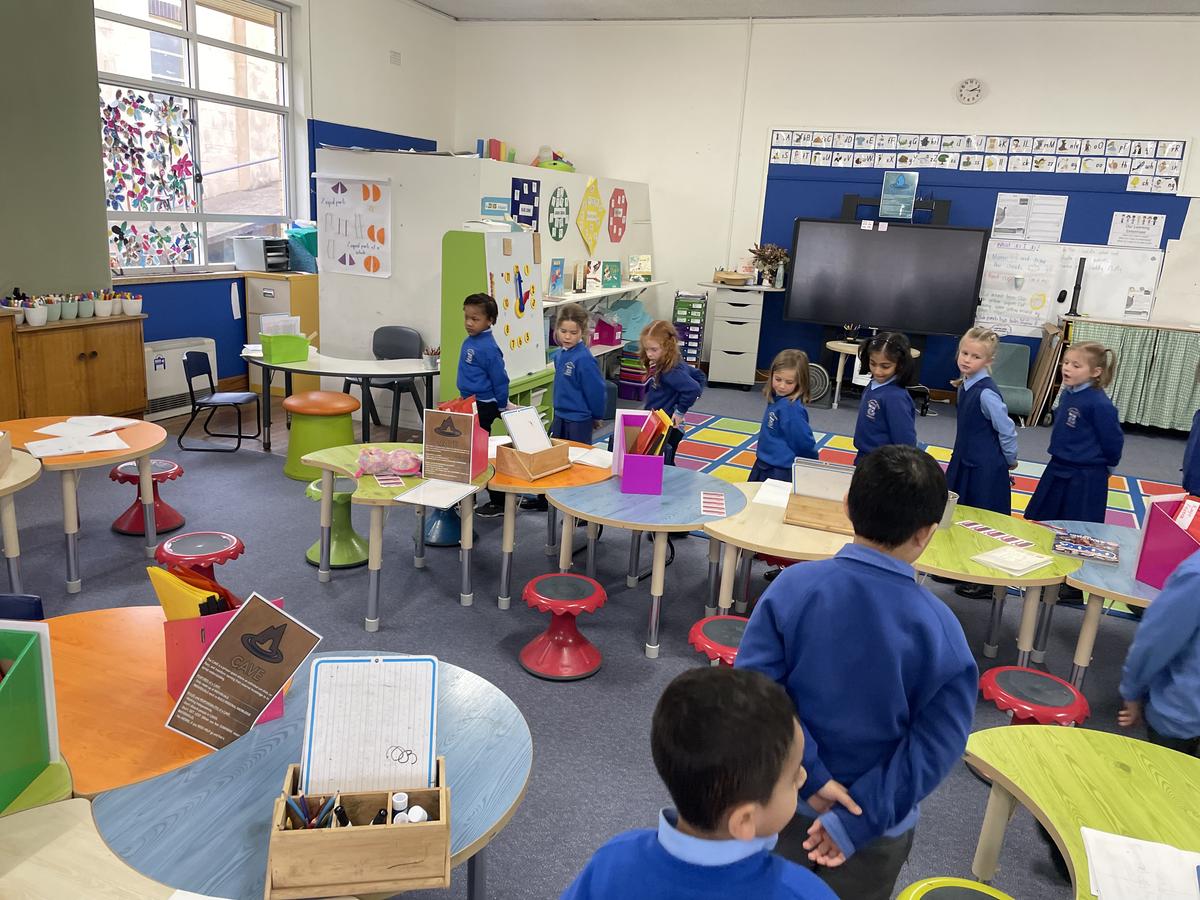





Science
Students planning, modelling and creating using different materials.

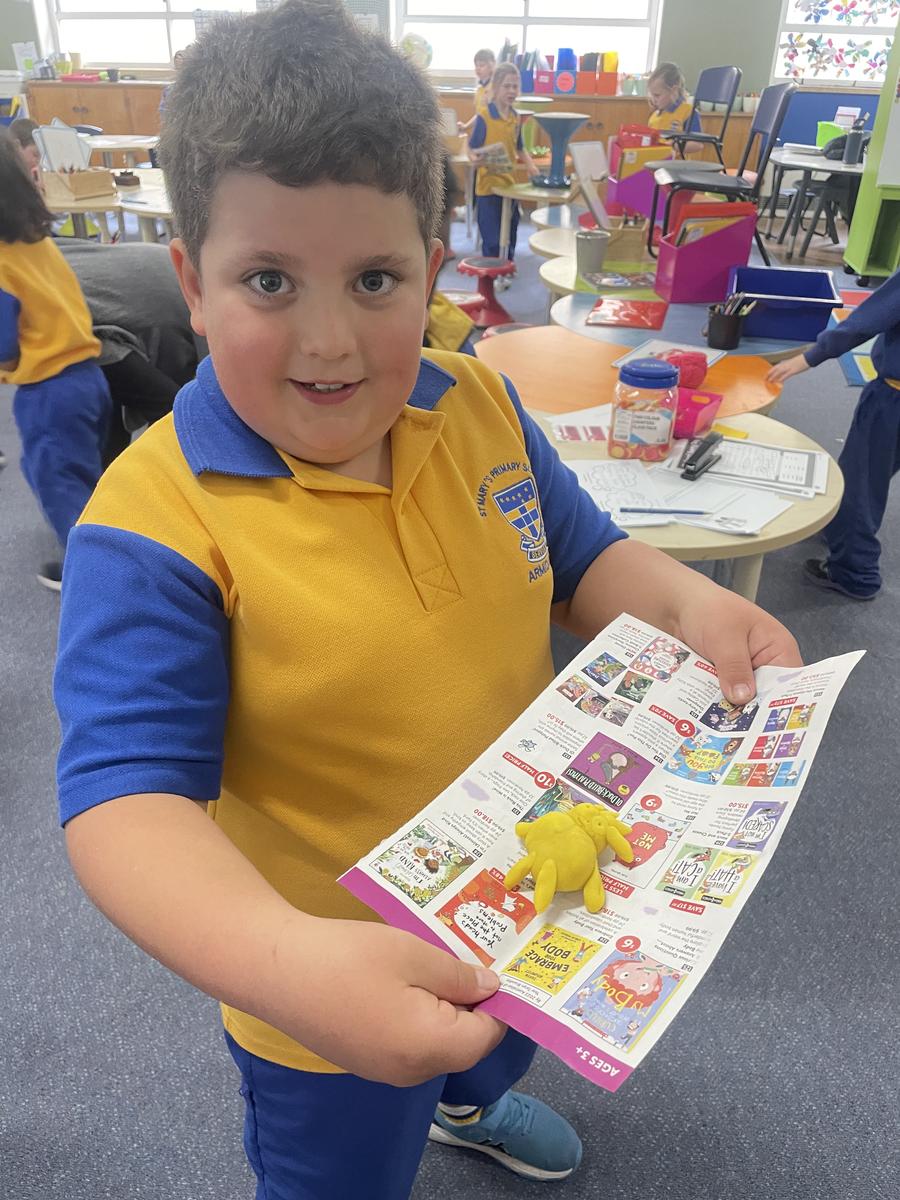

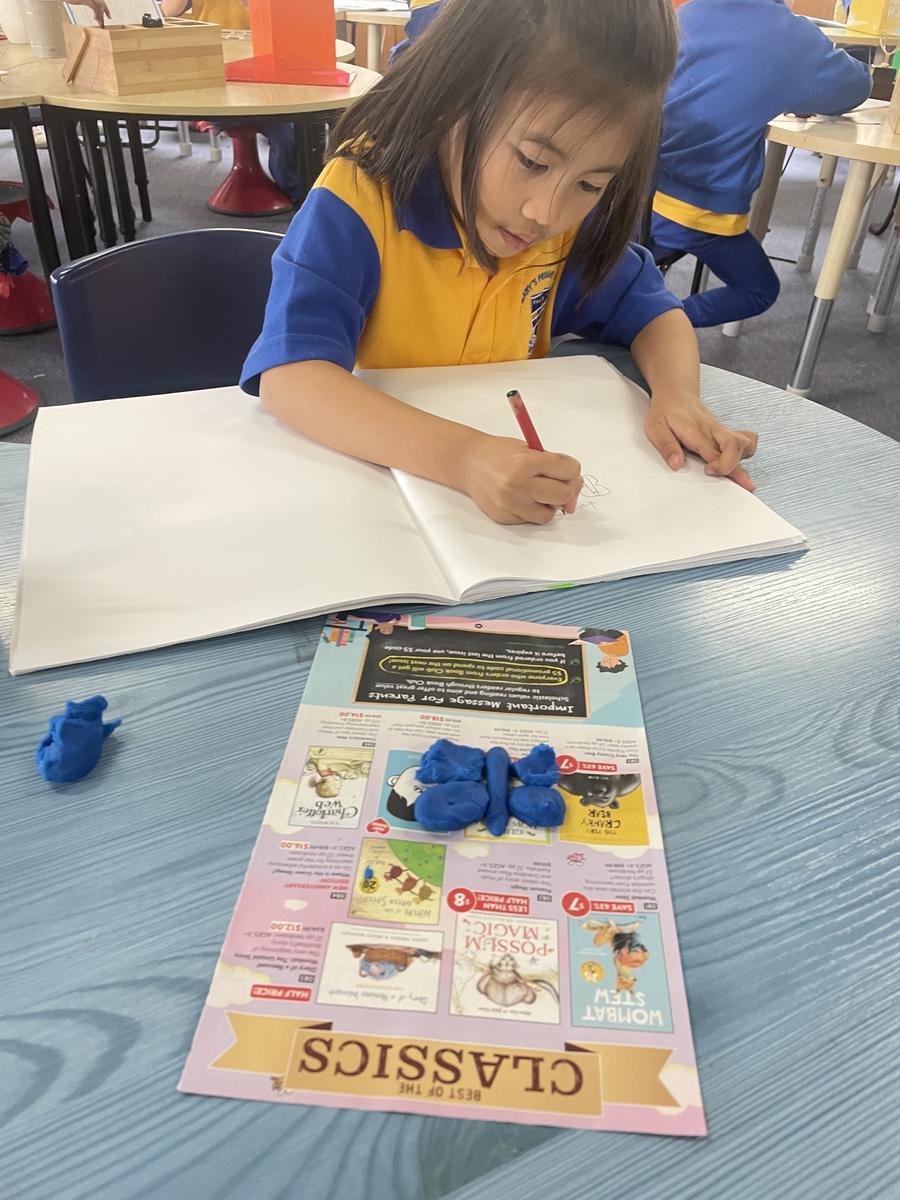
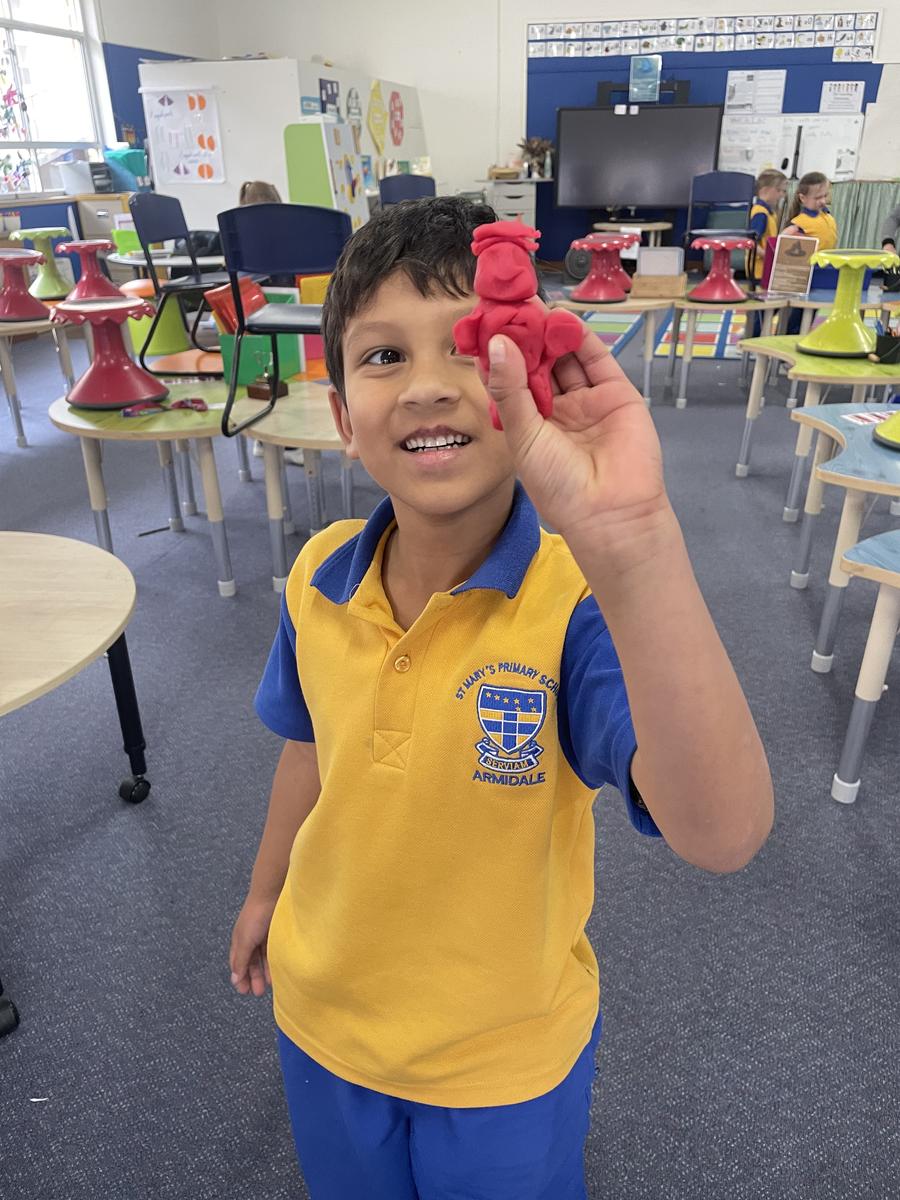

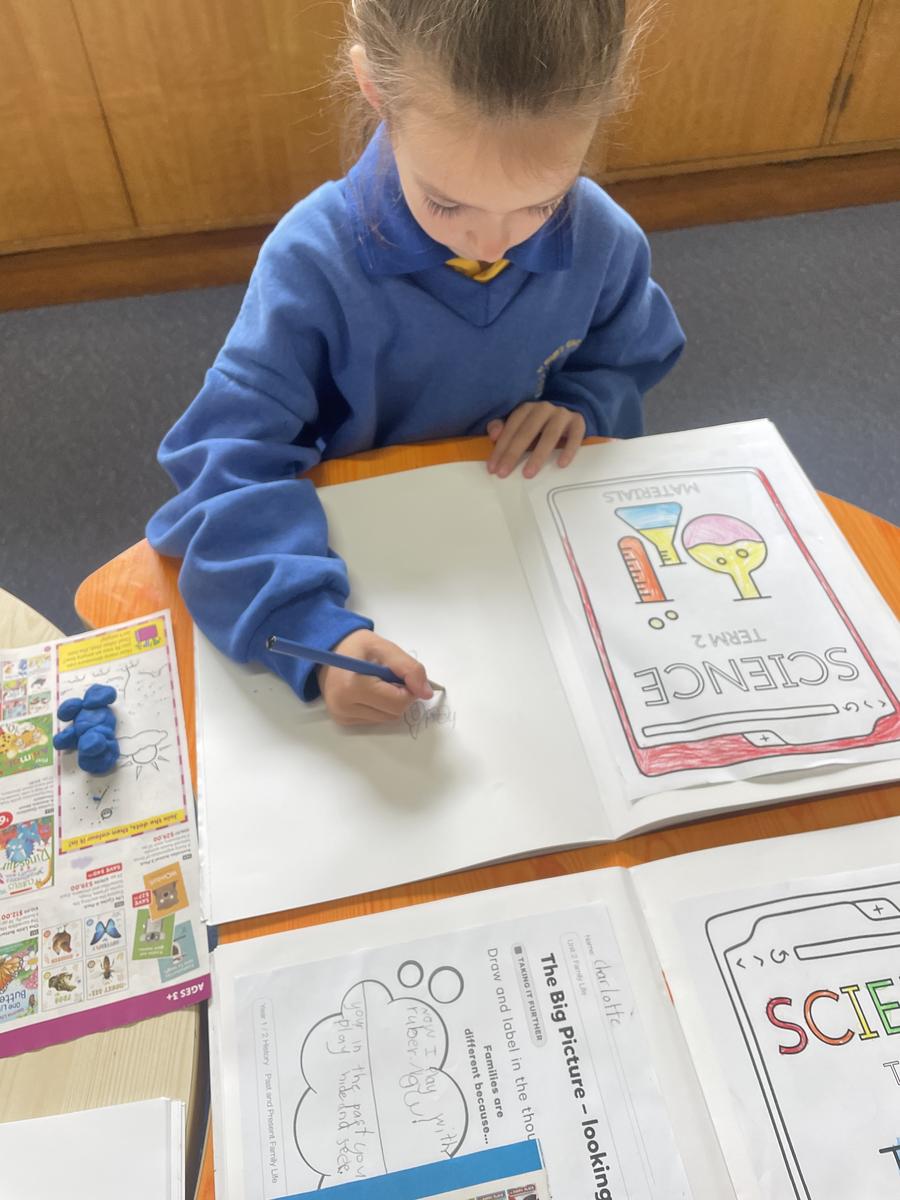
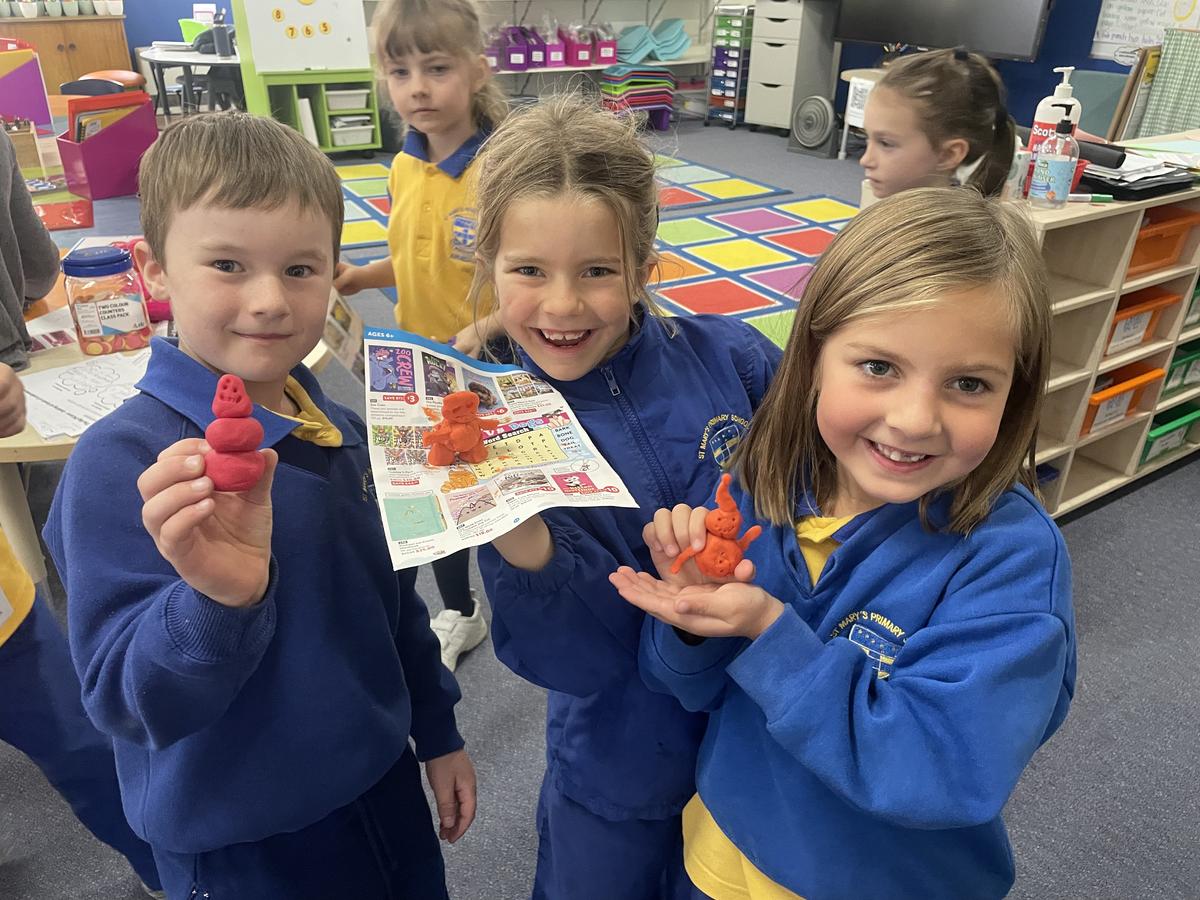
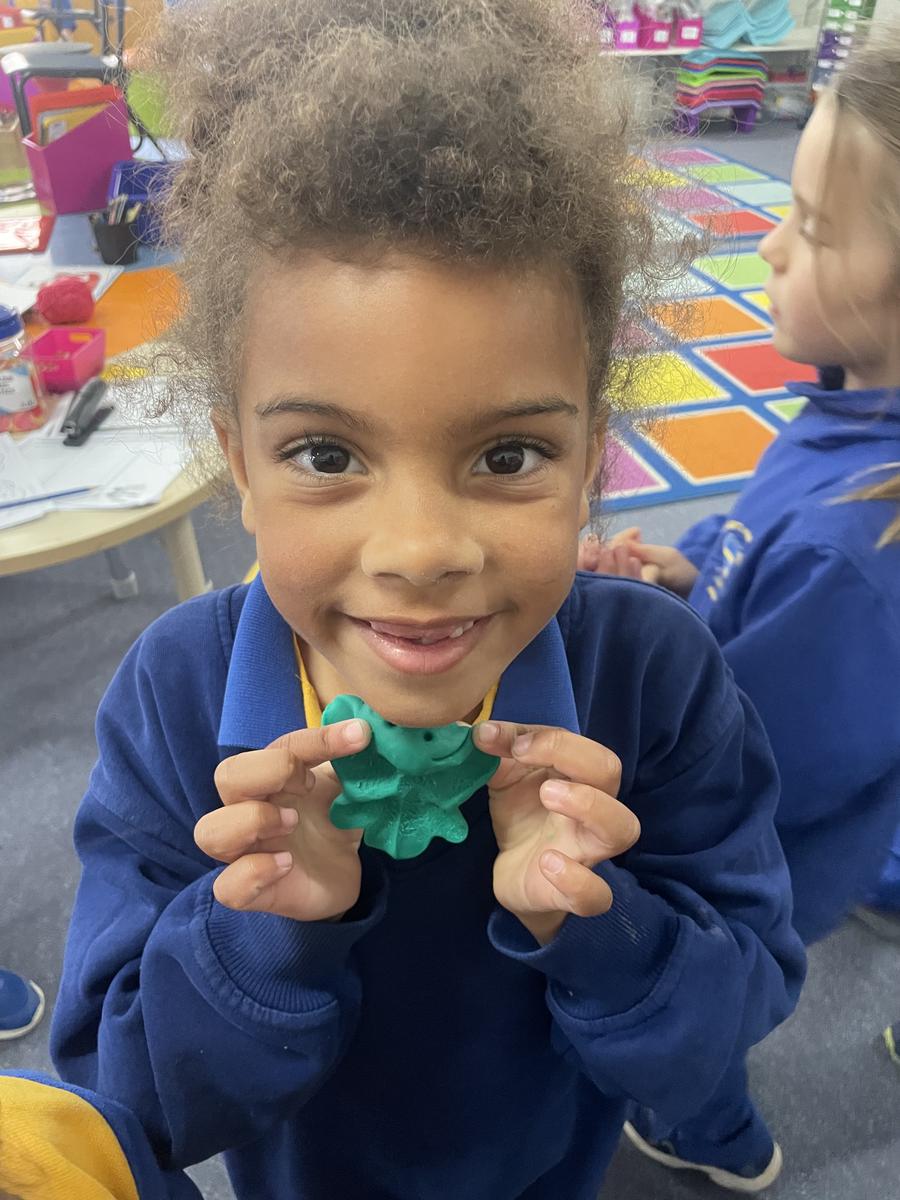









PDHPE
Students putting into practice working with each other during sports.

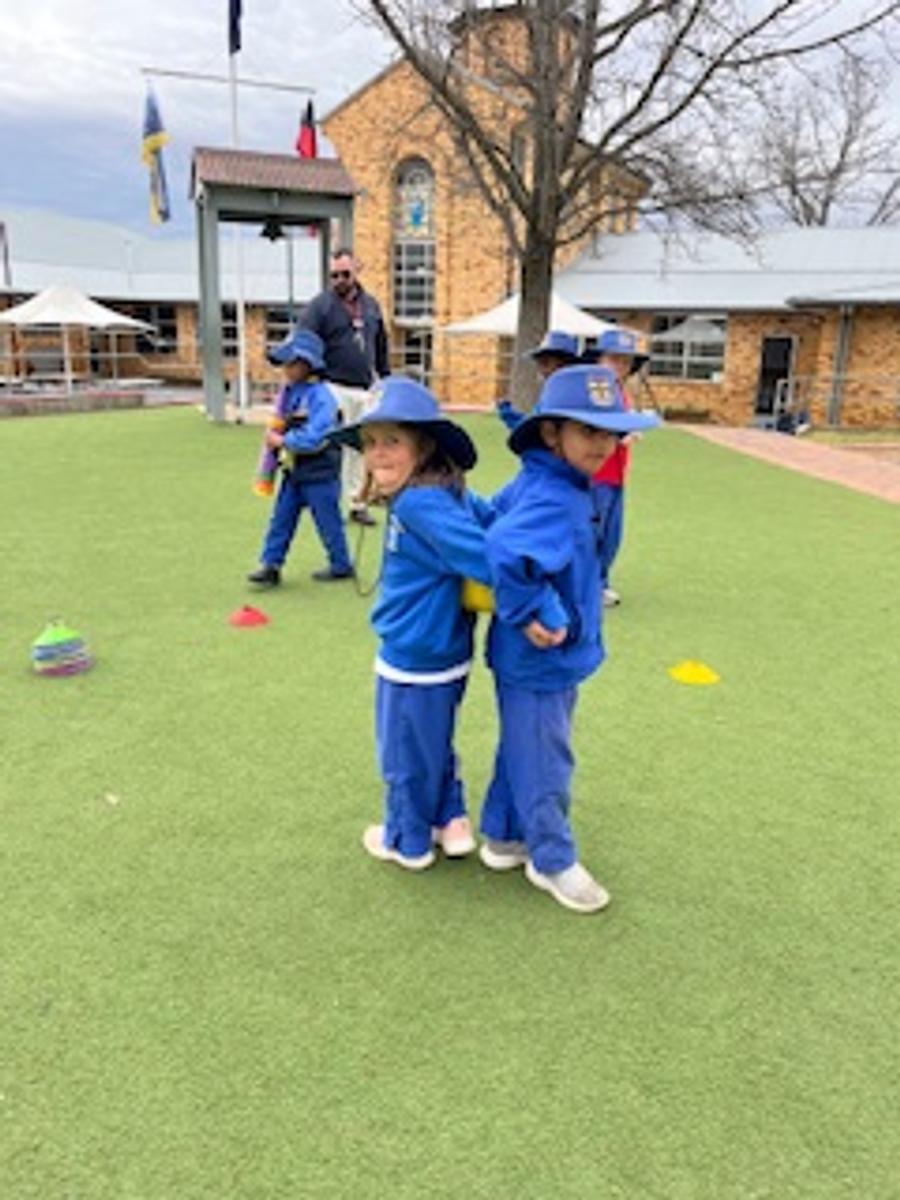
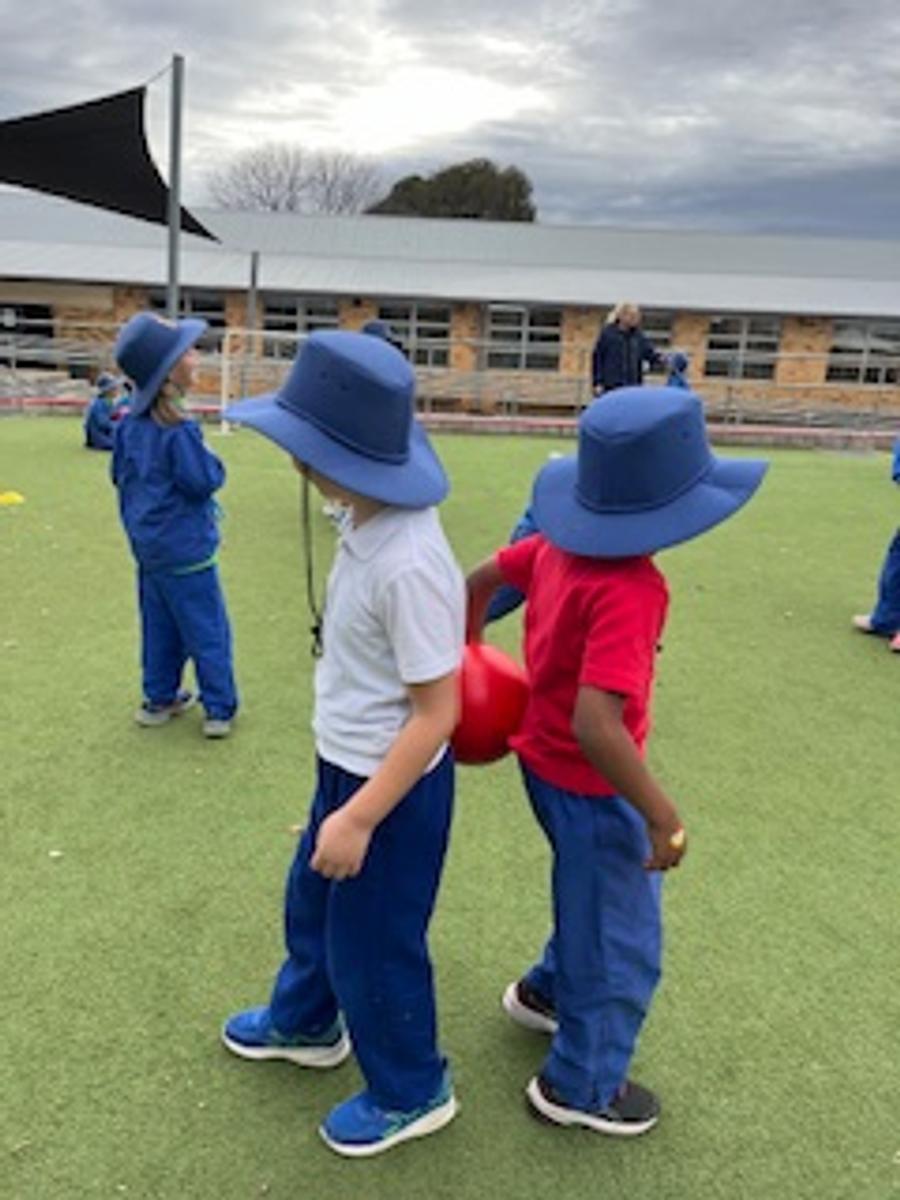
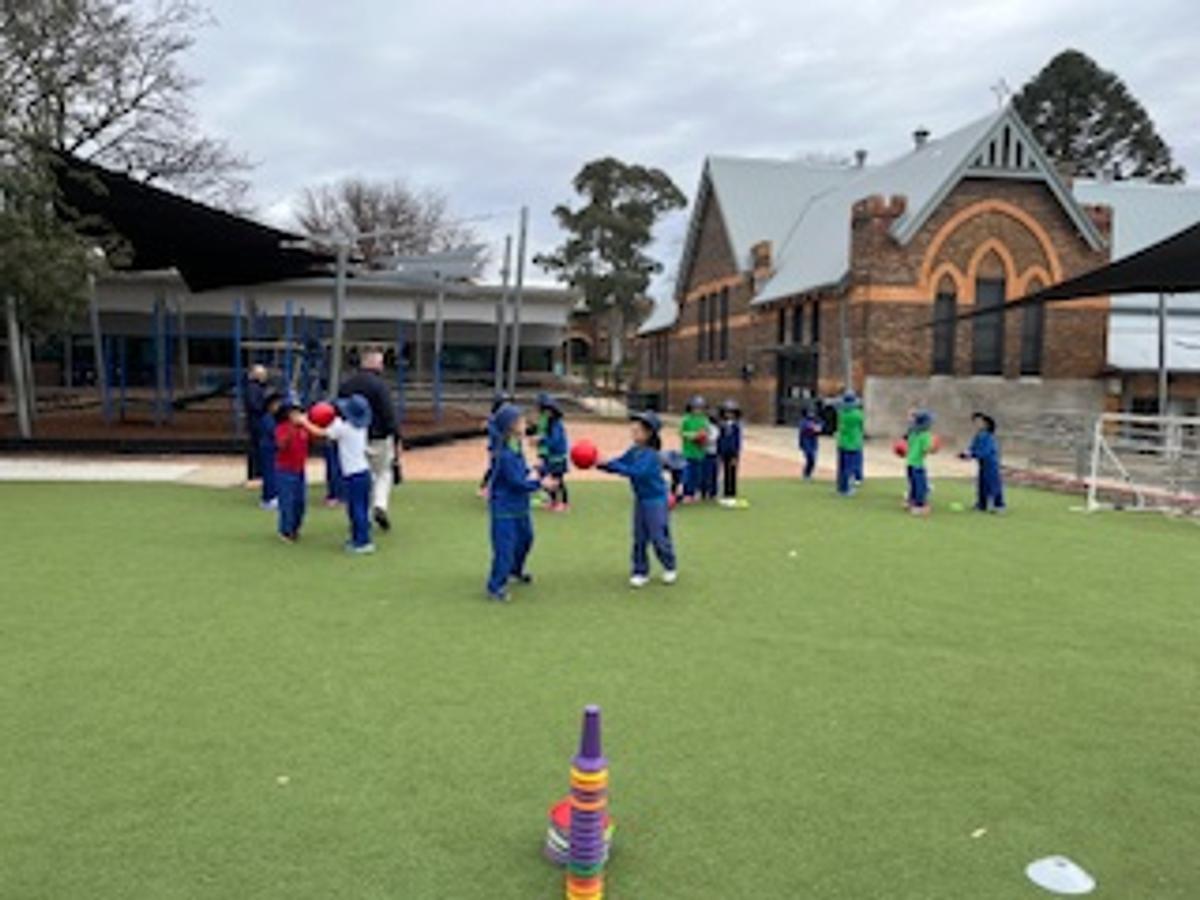
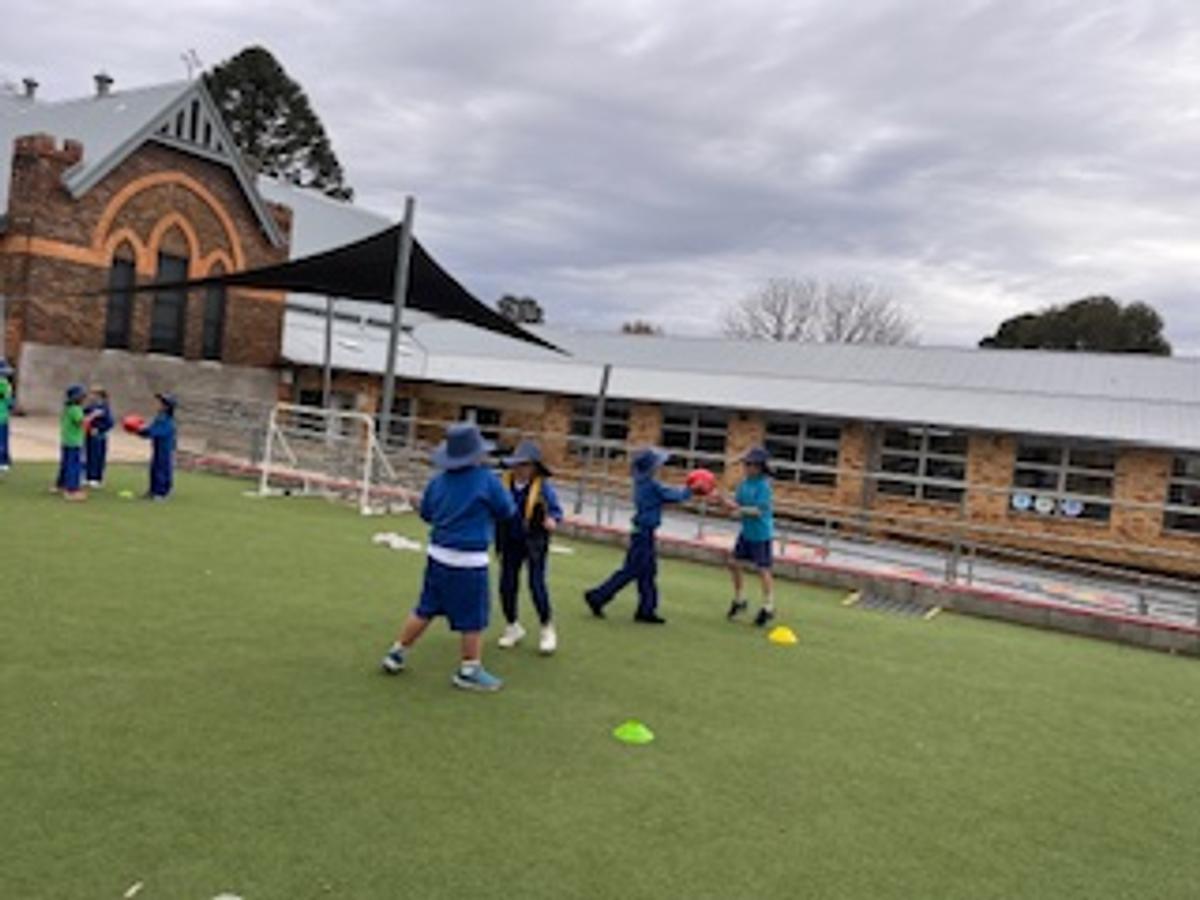
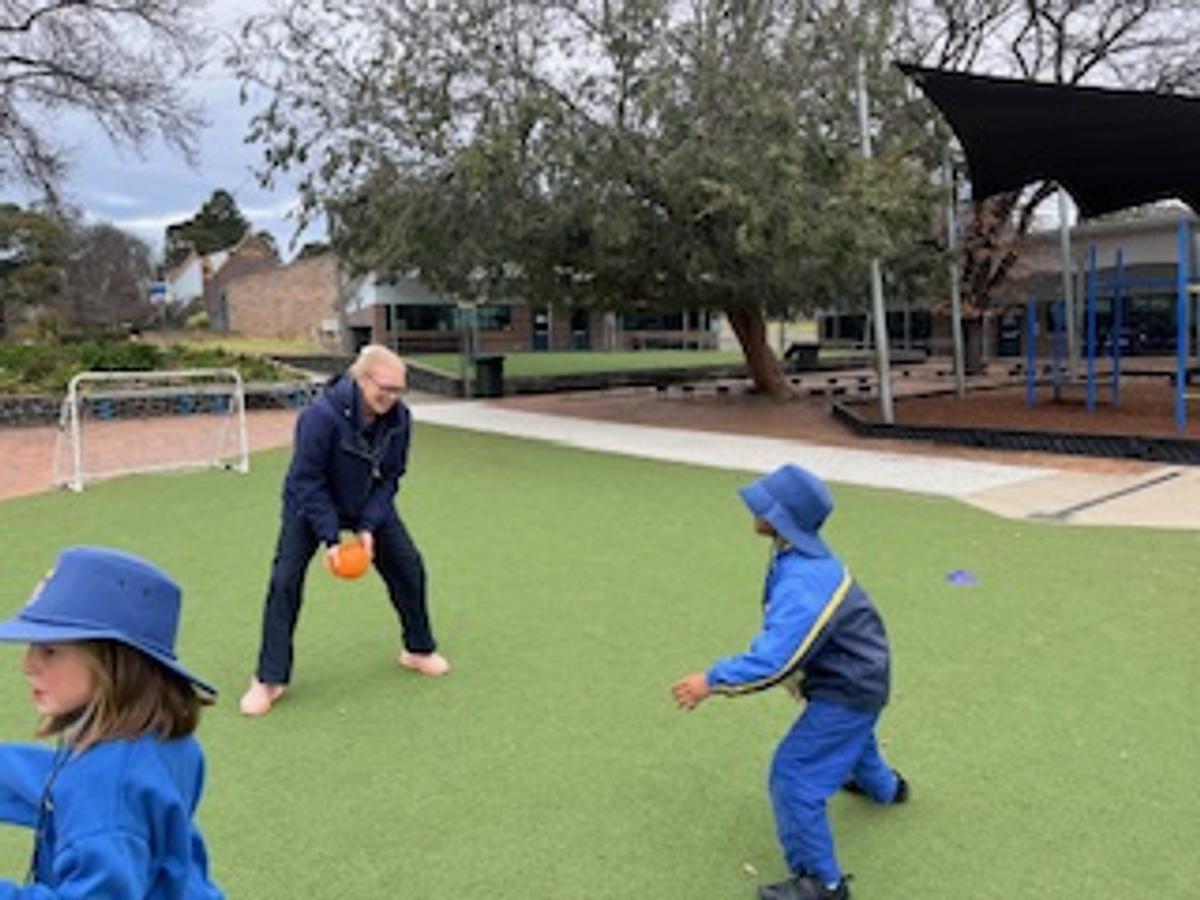
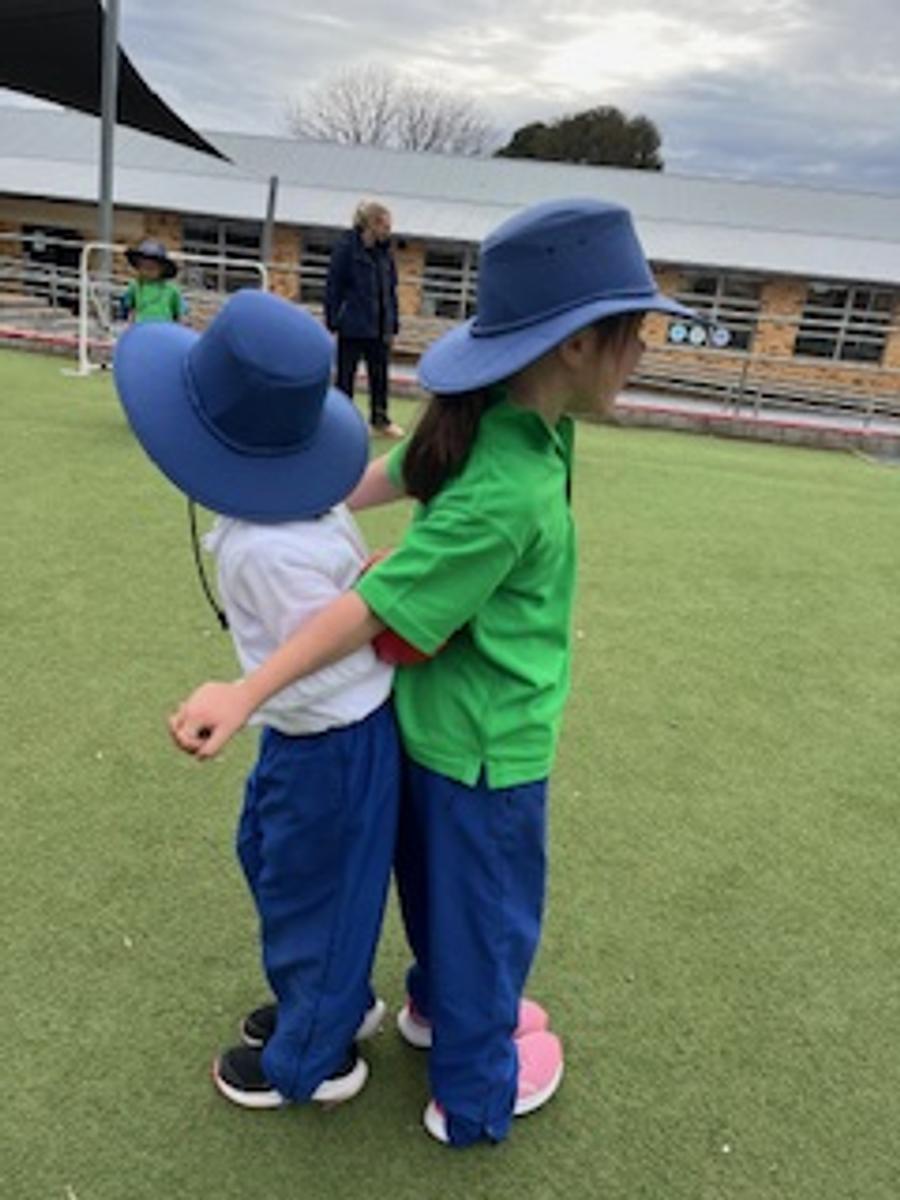
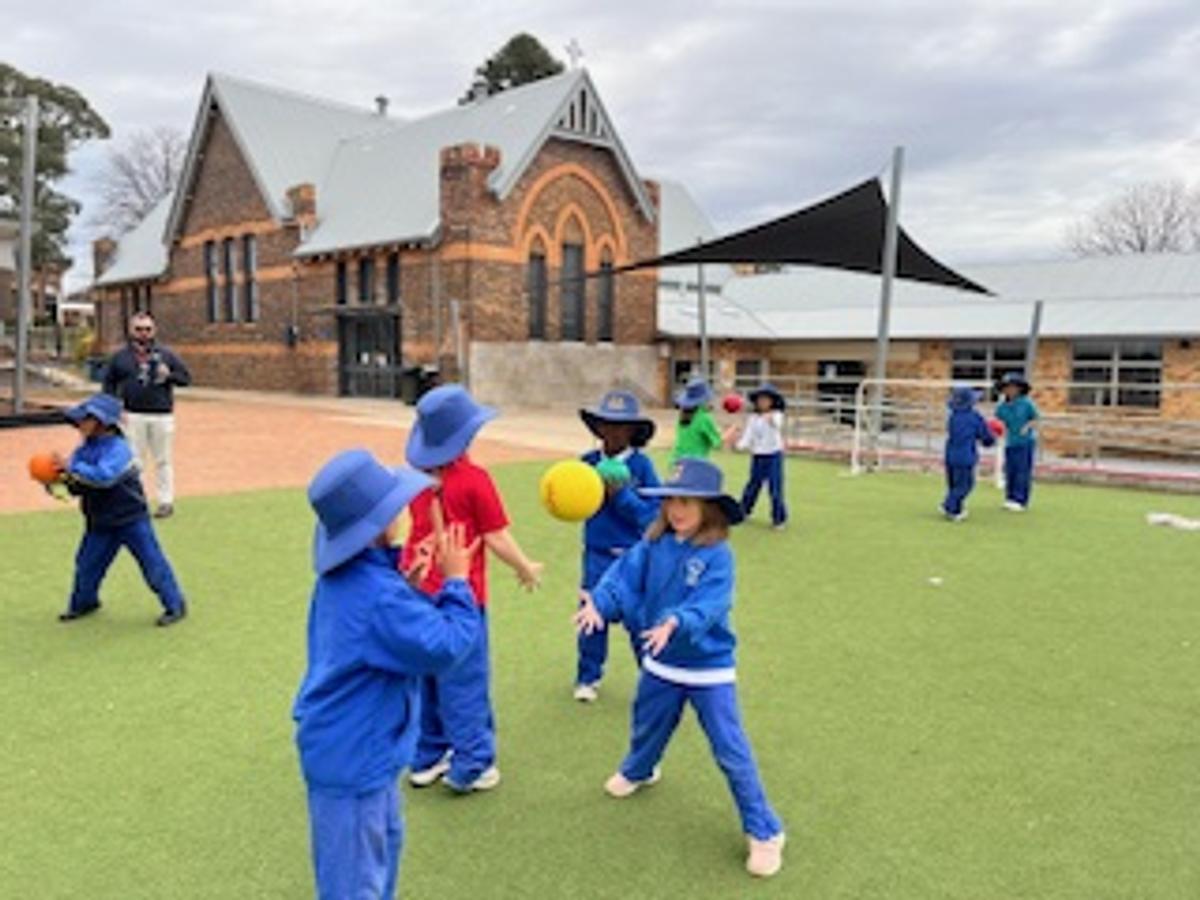

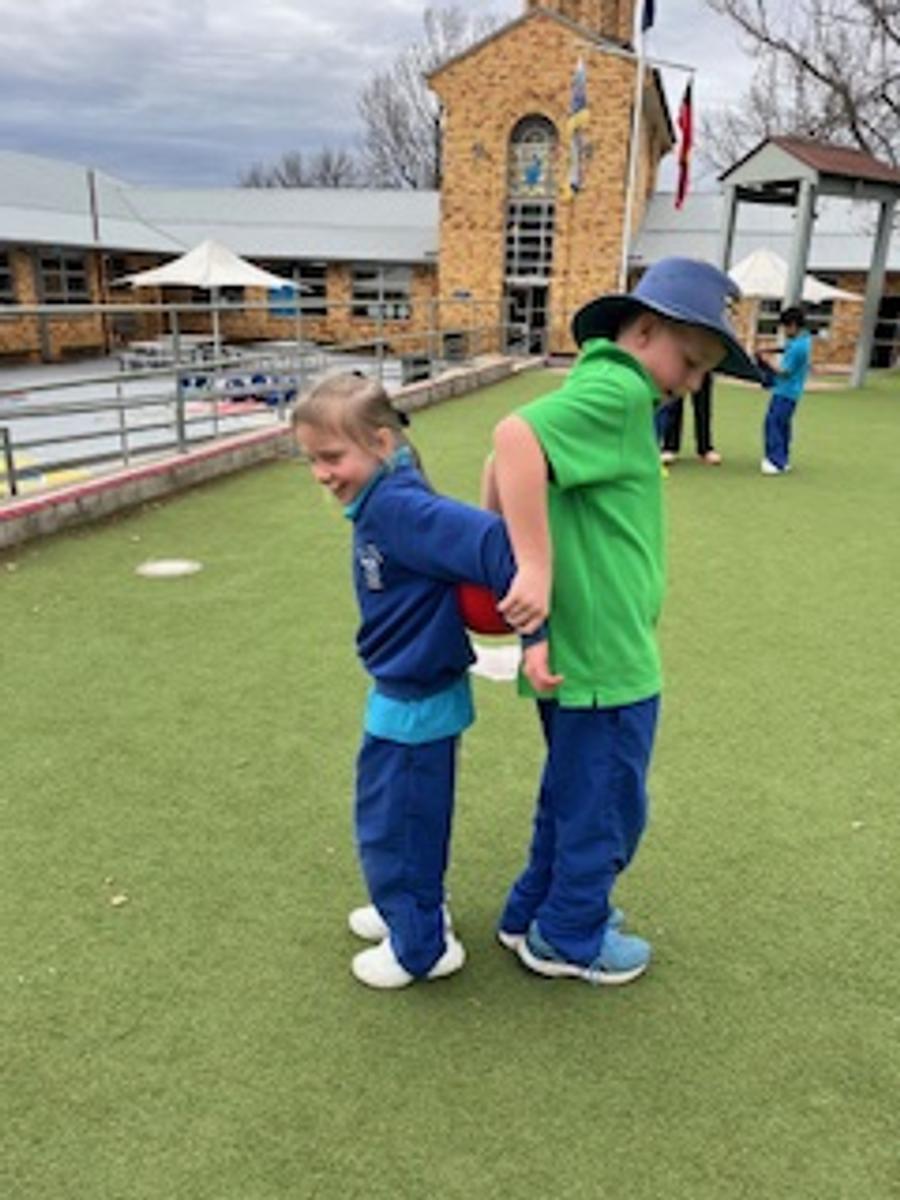
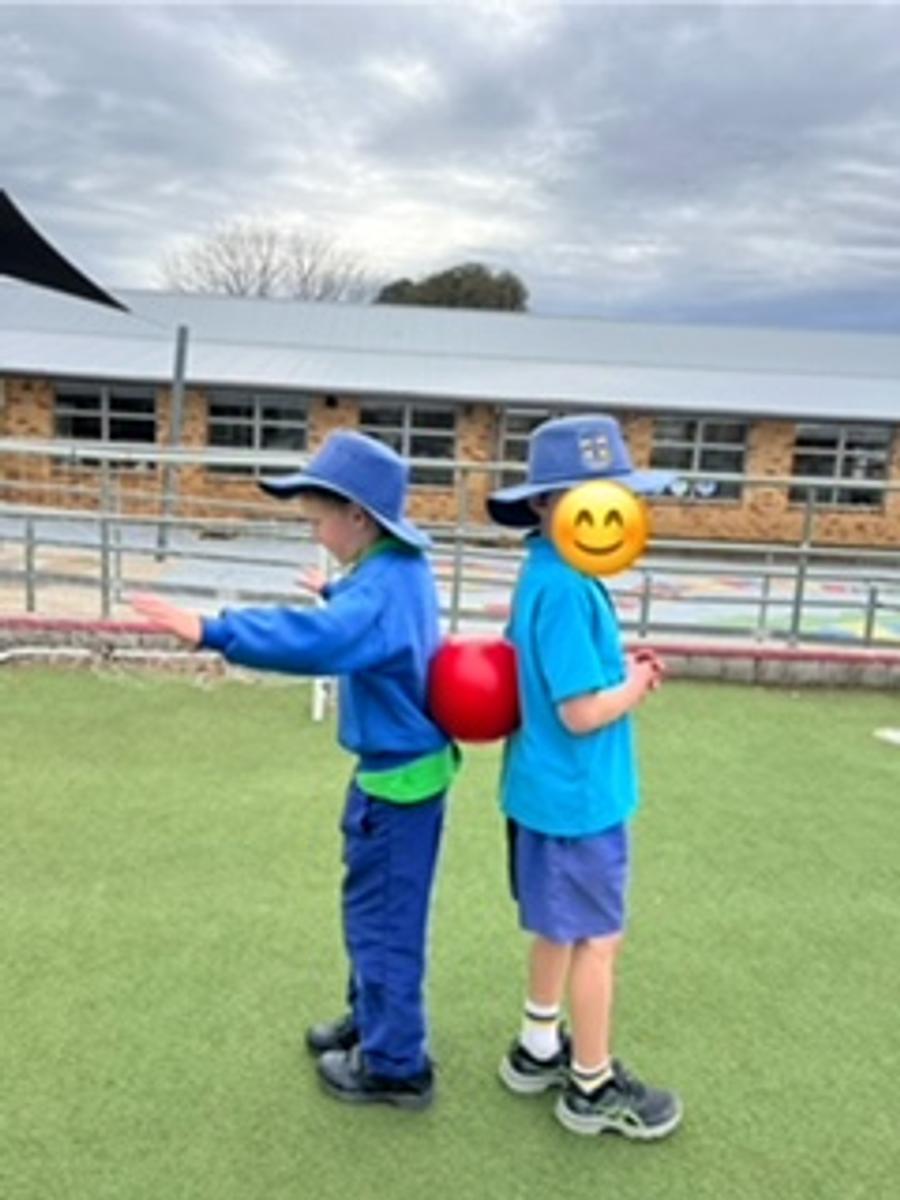
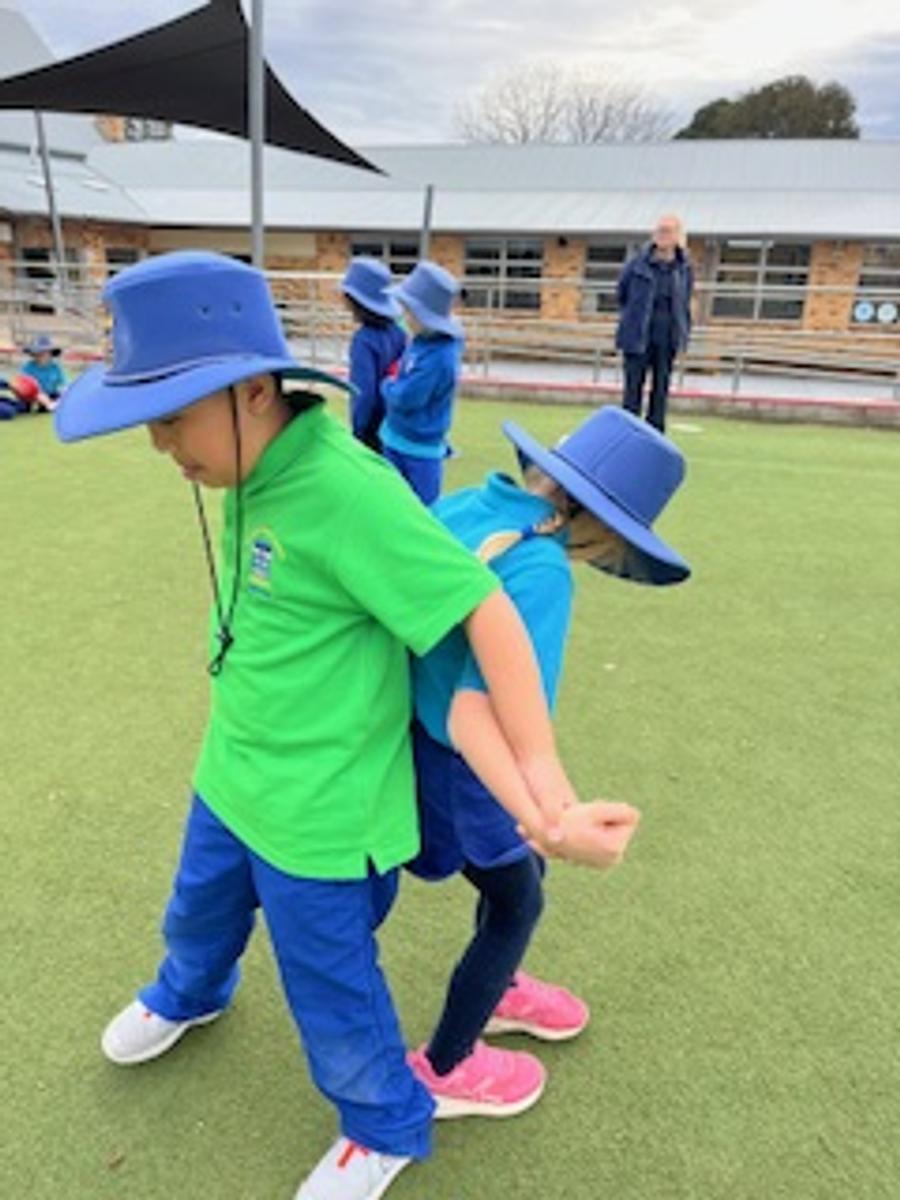
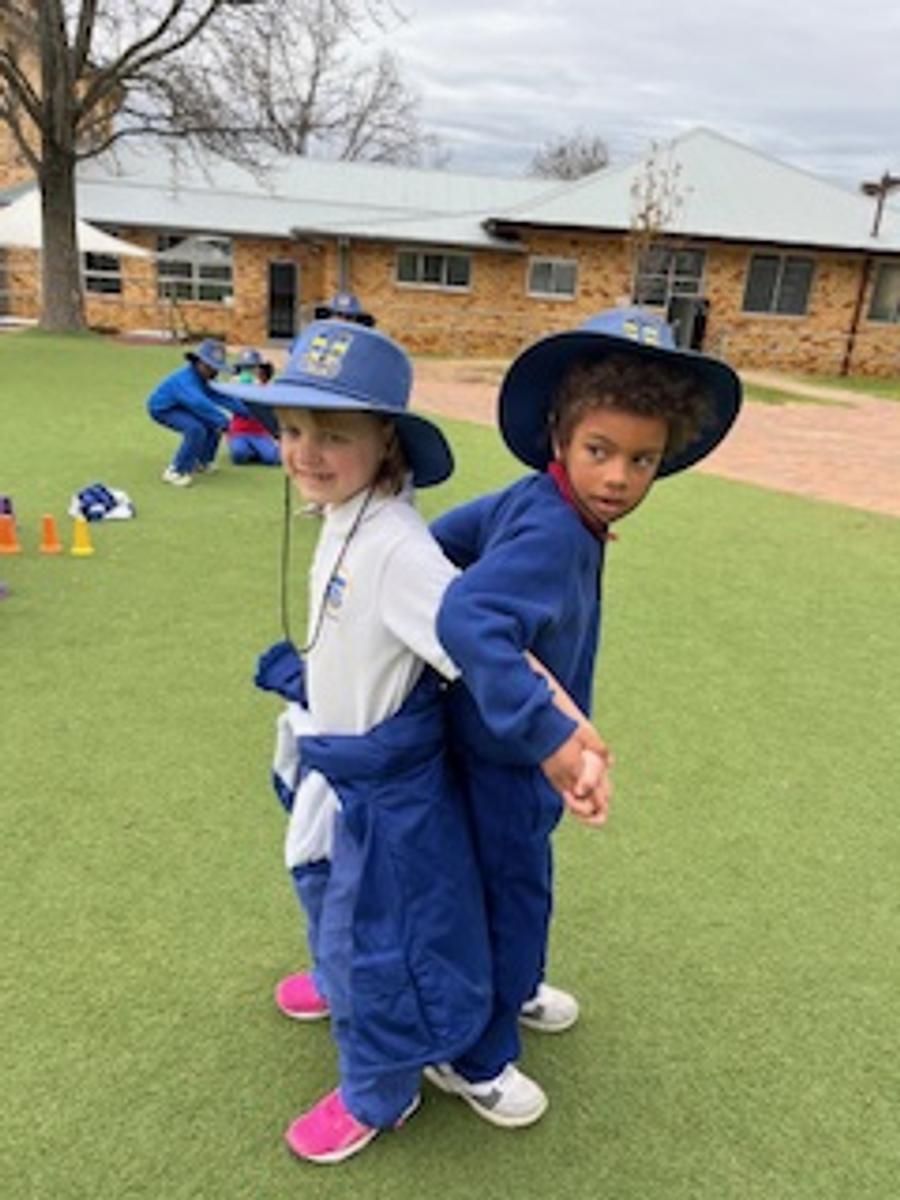
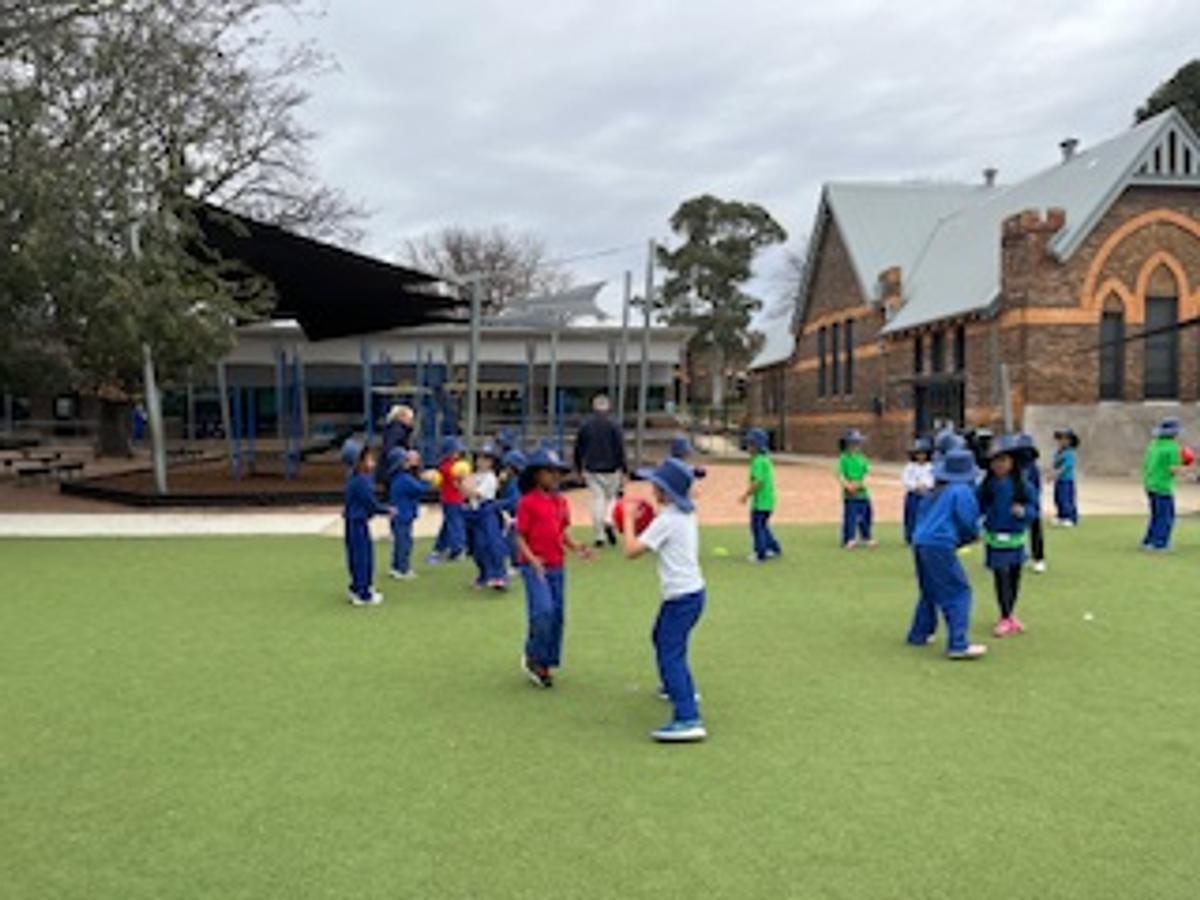
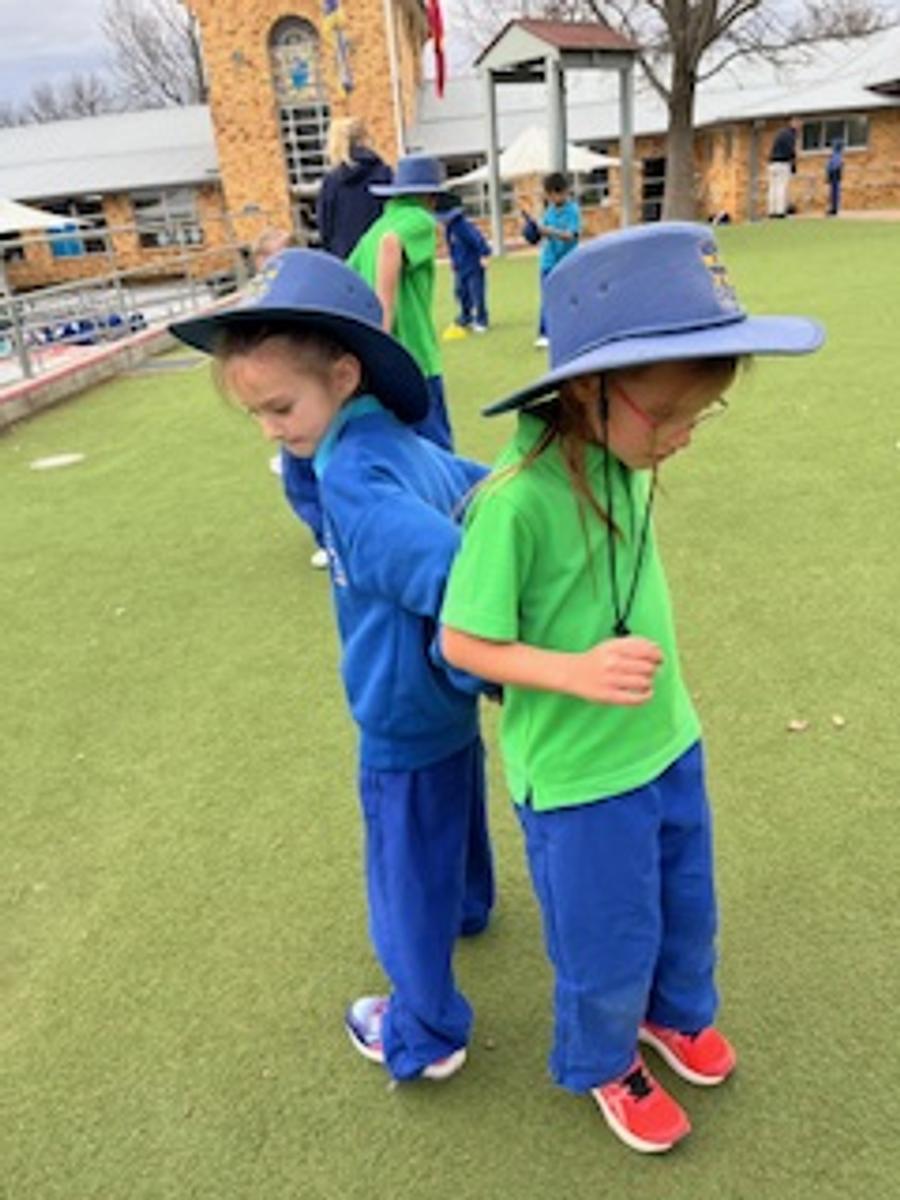

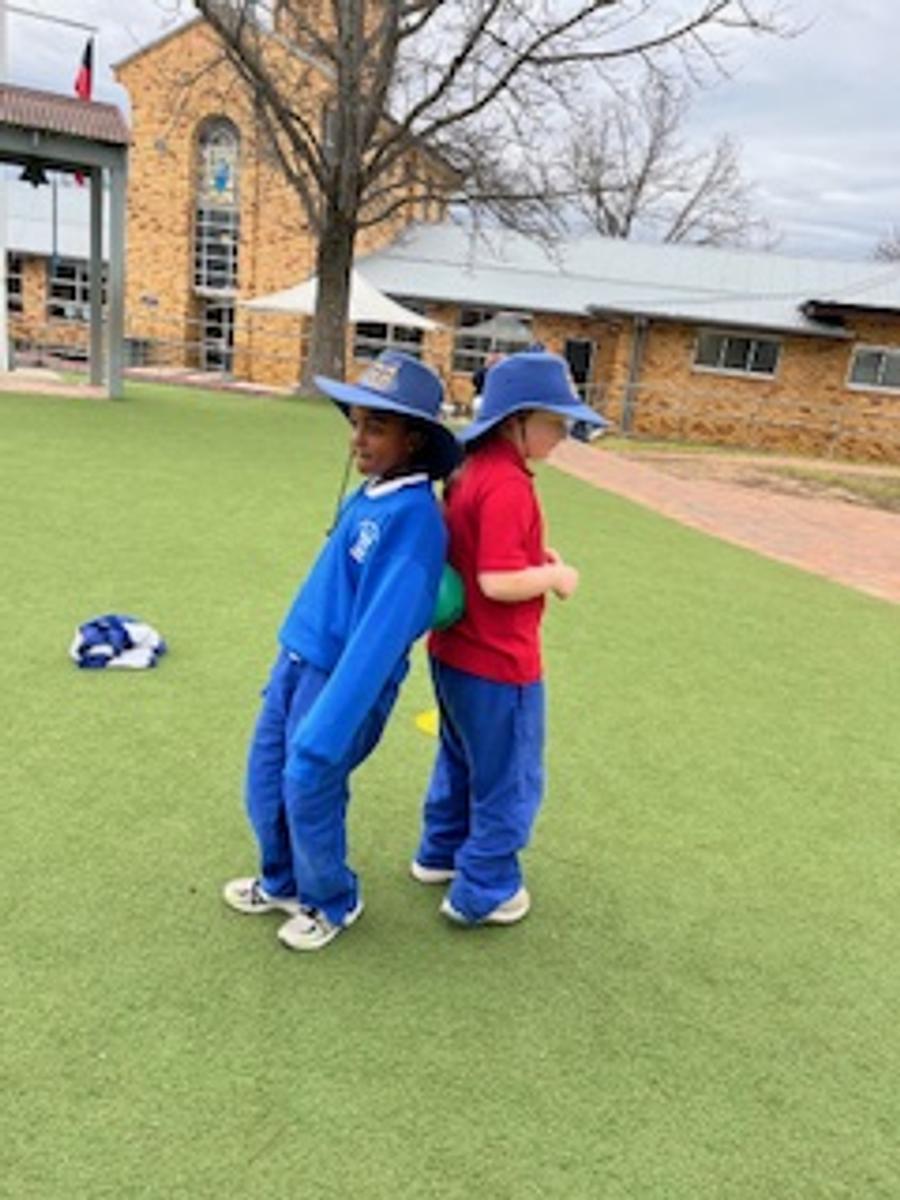

















Message Stick
Students with the message stick in the Year 1 classroom.
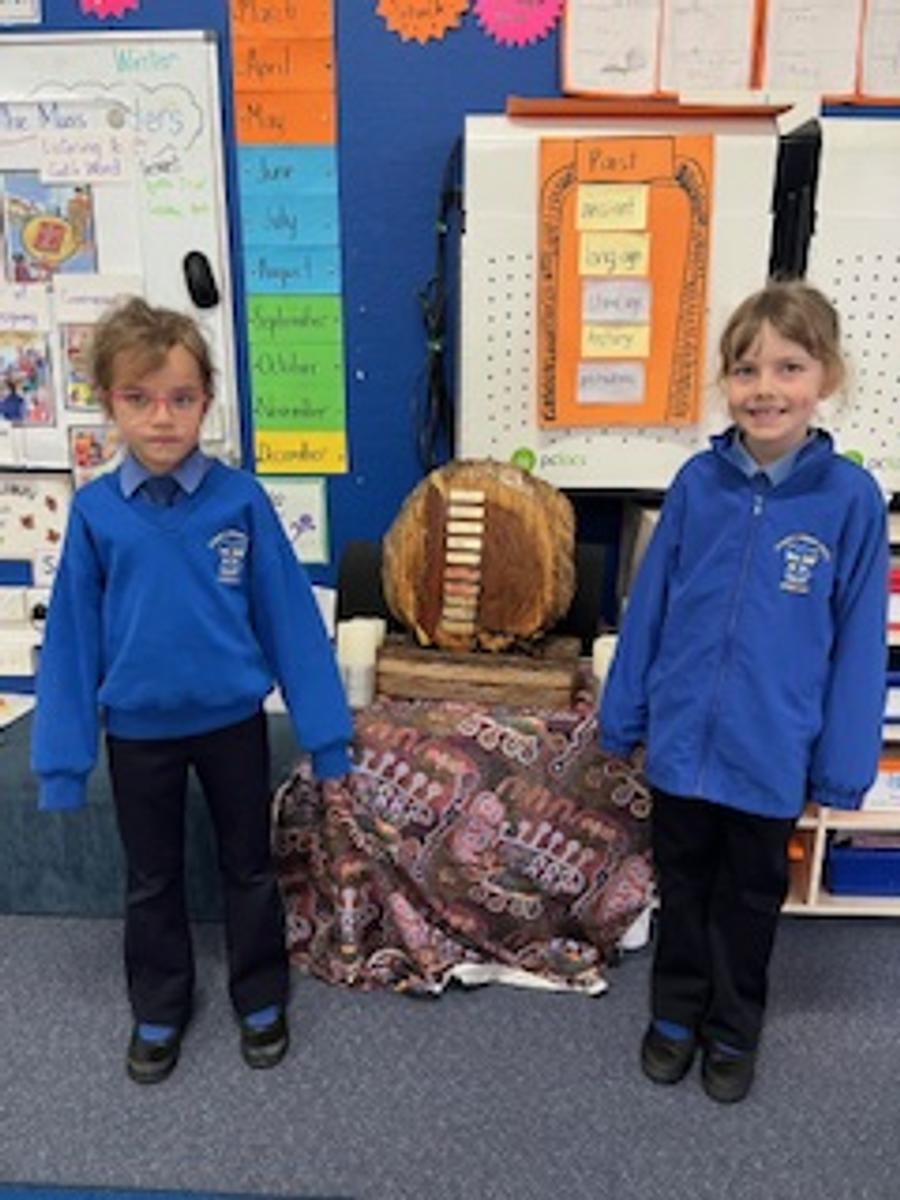
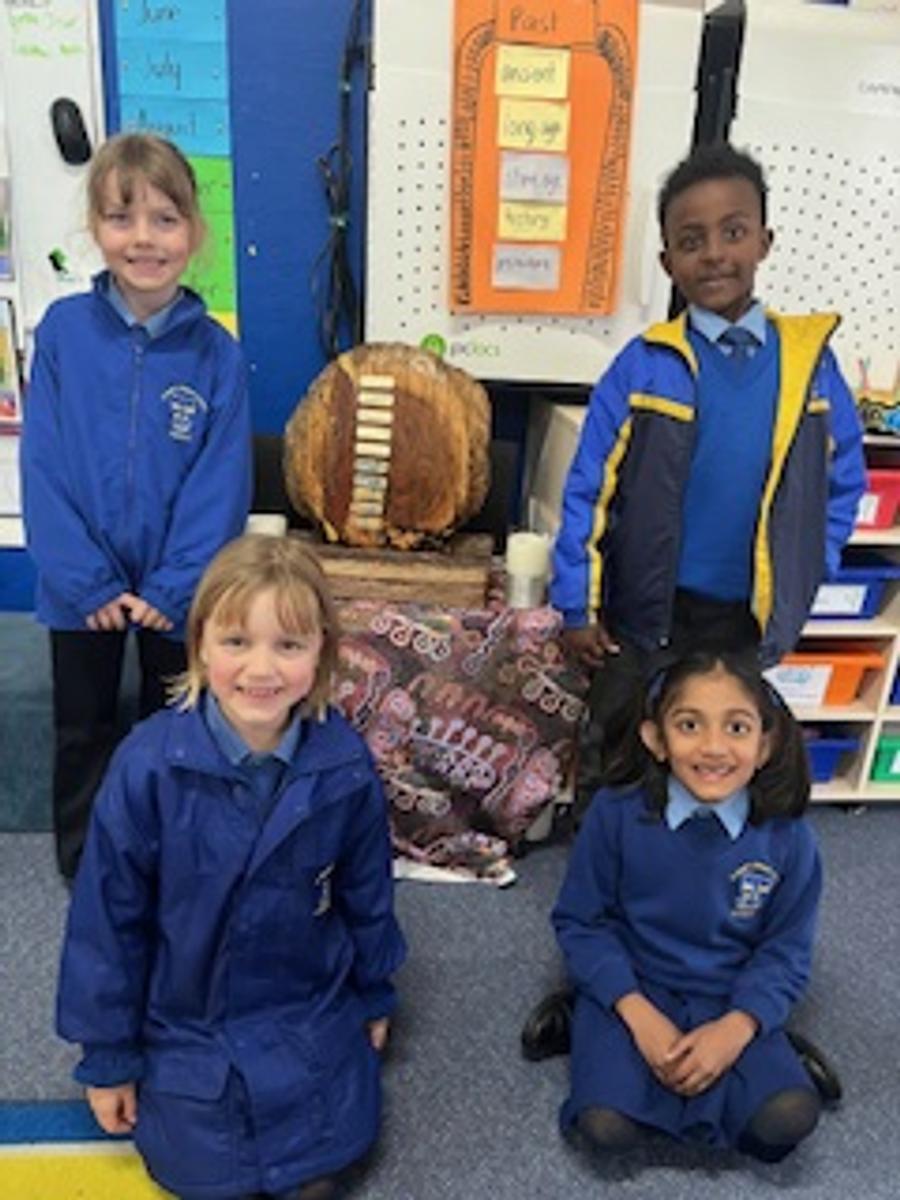
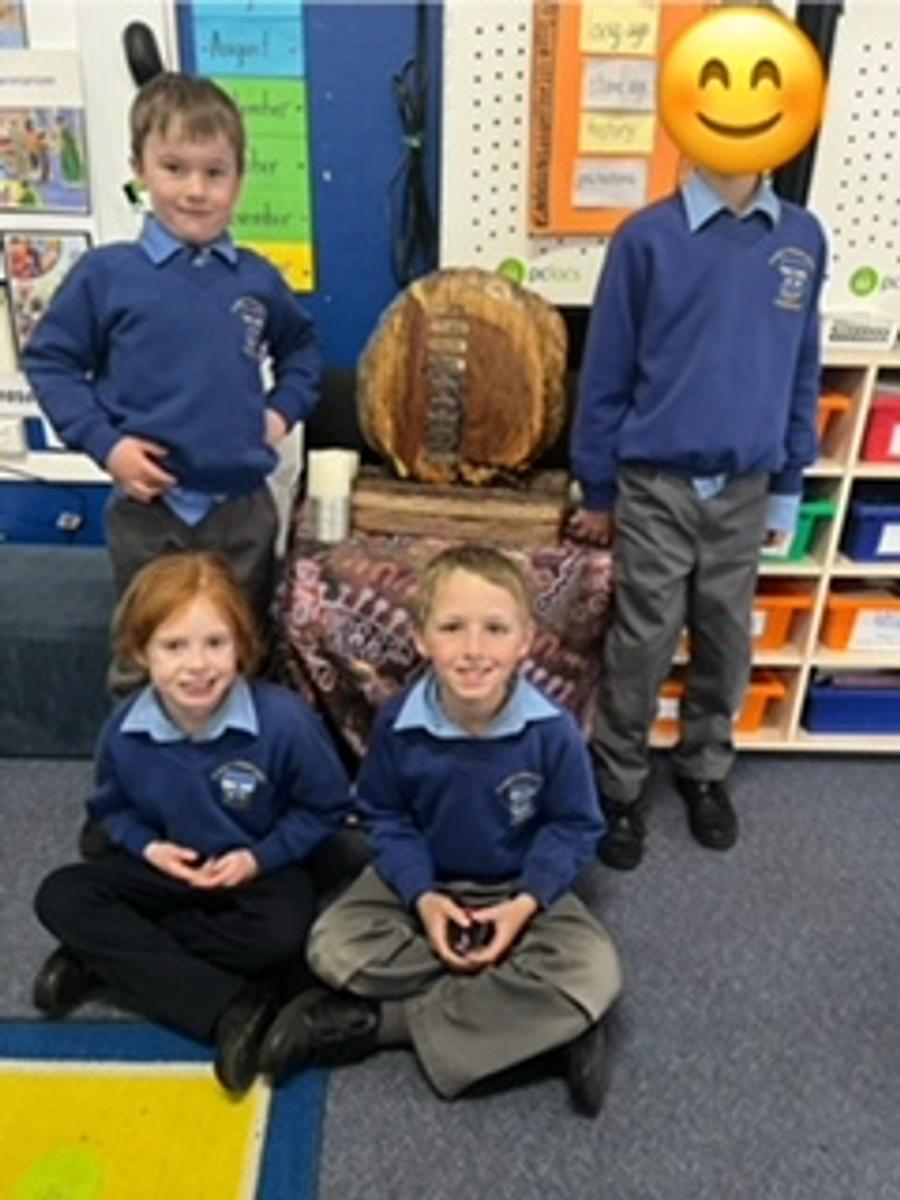
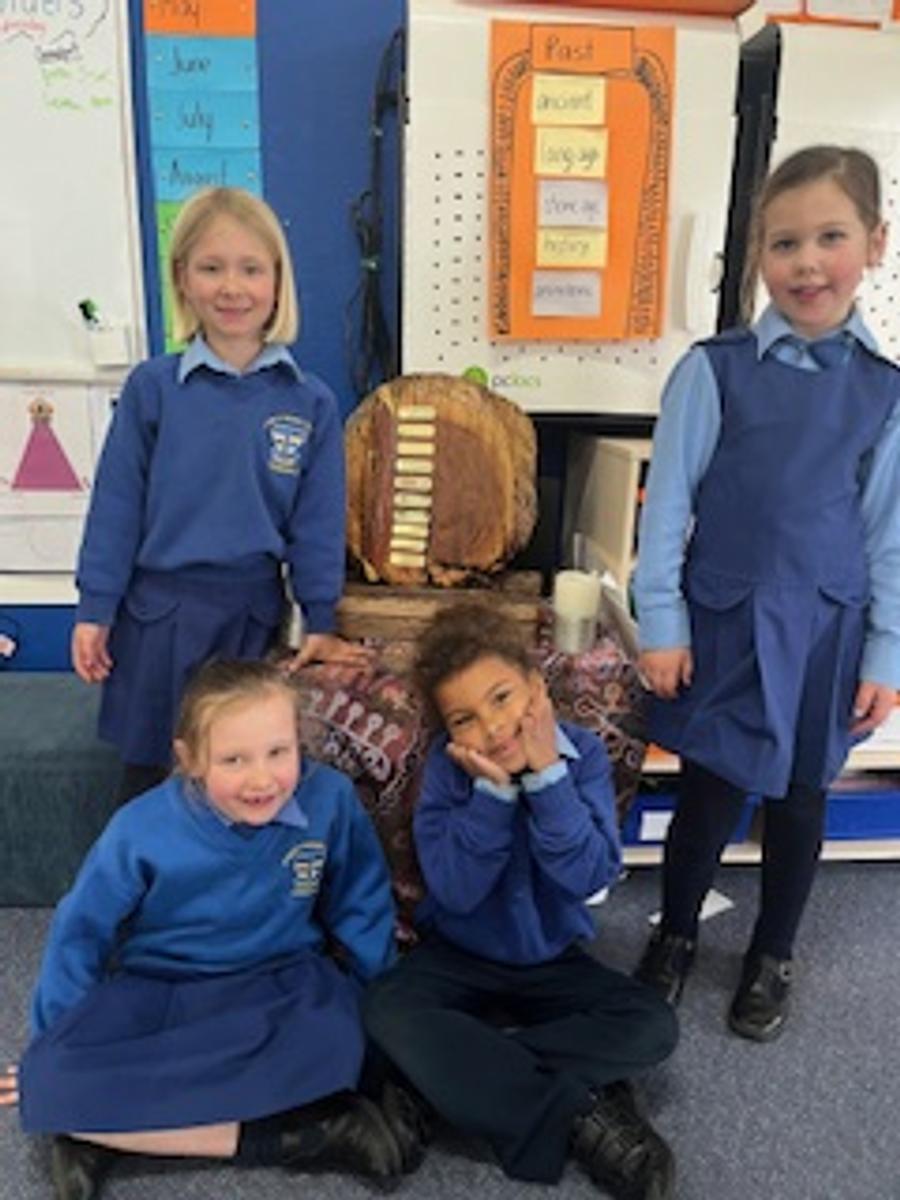
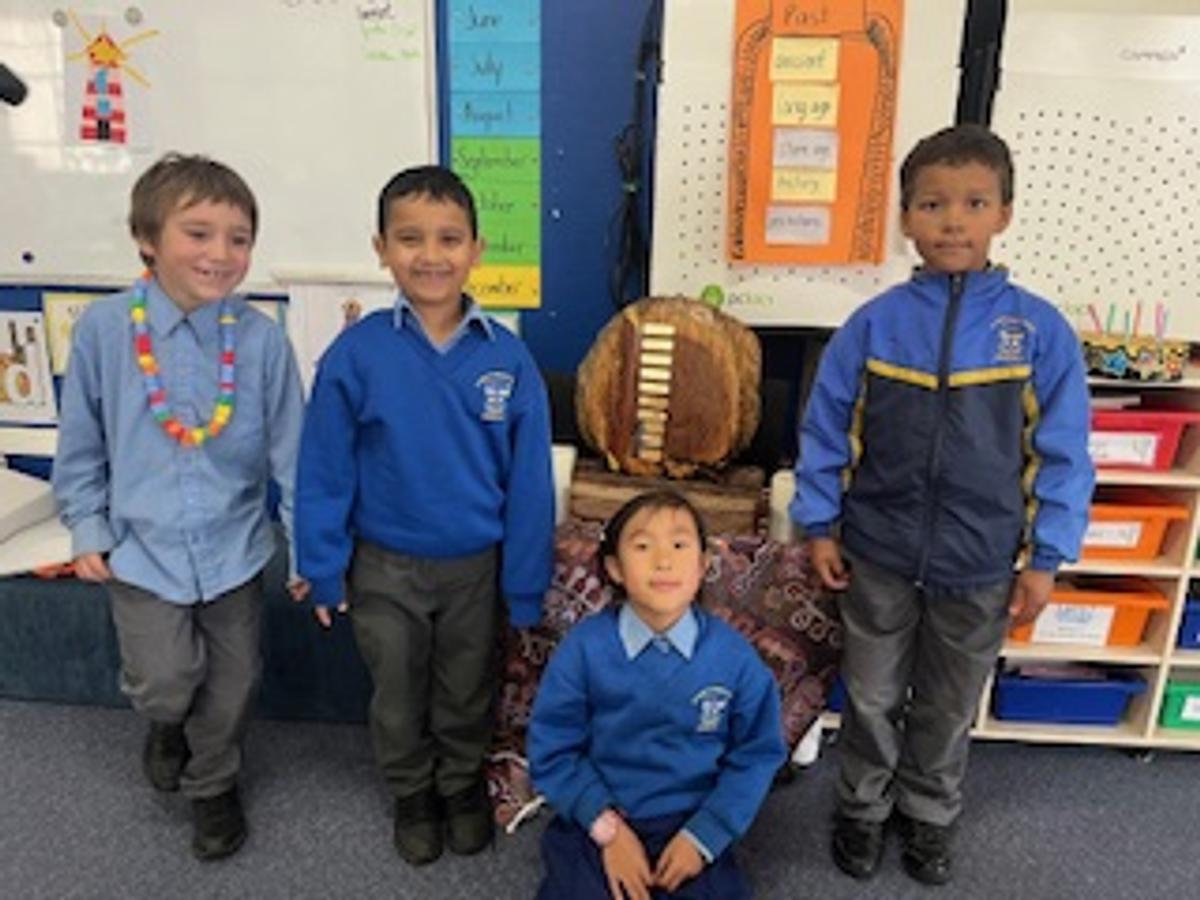
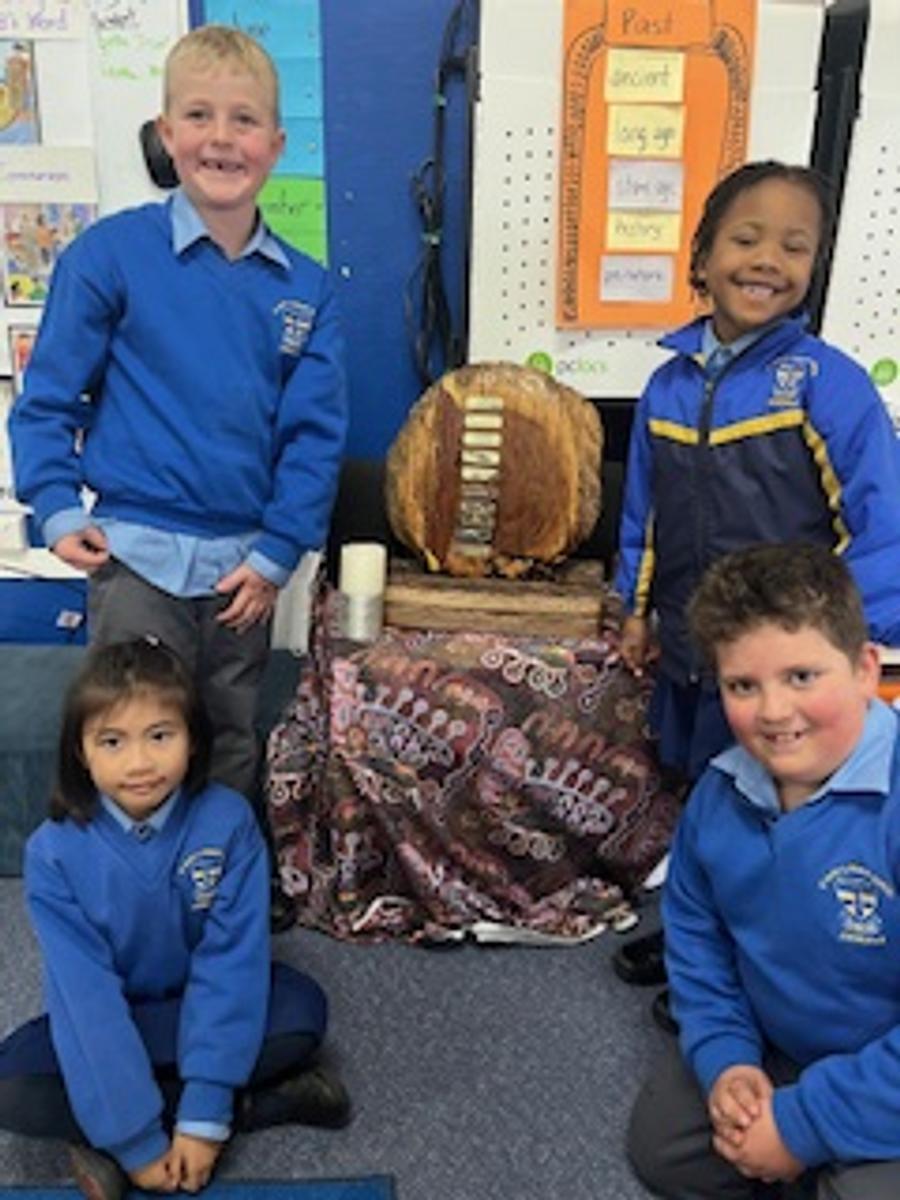
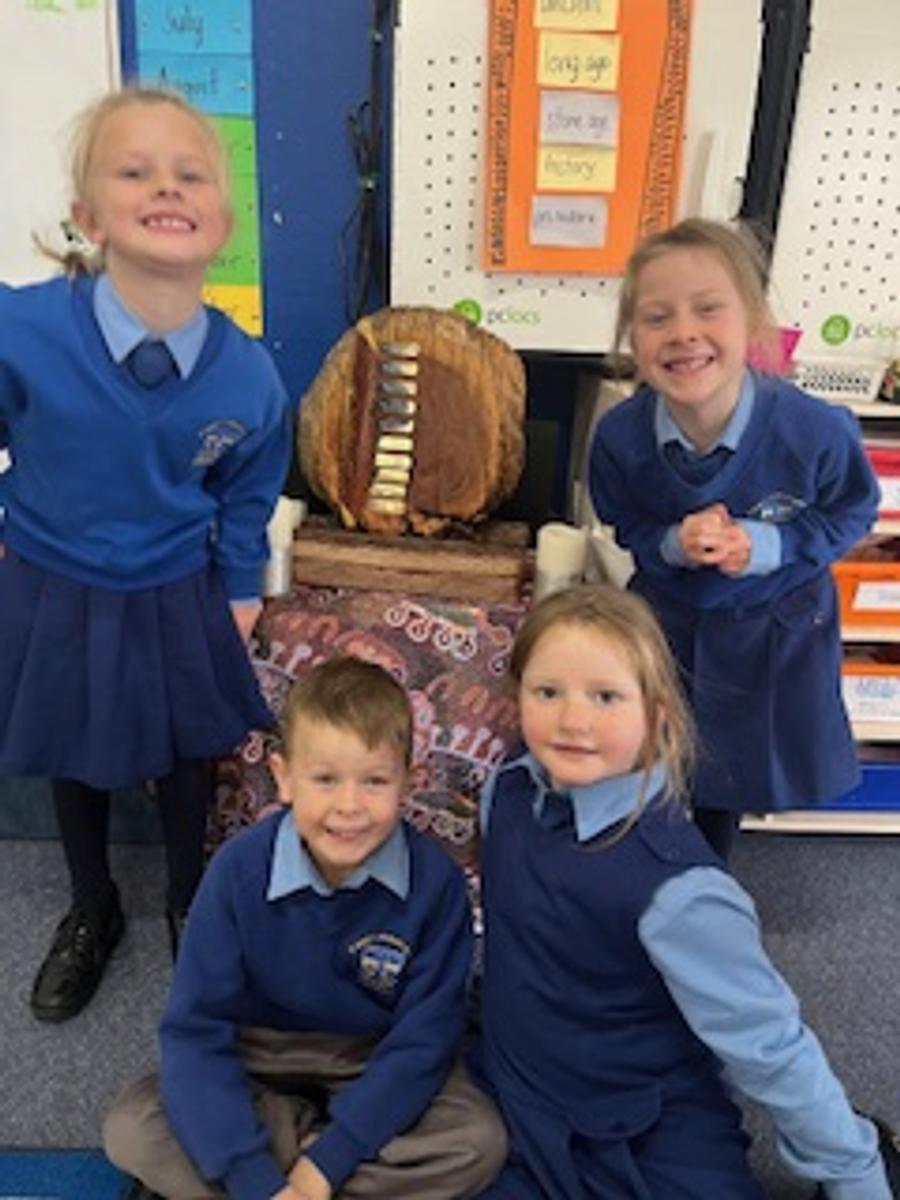
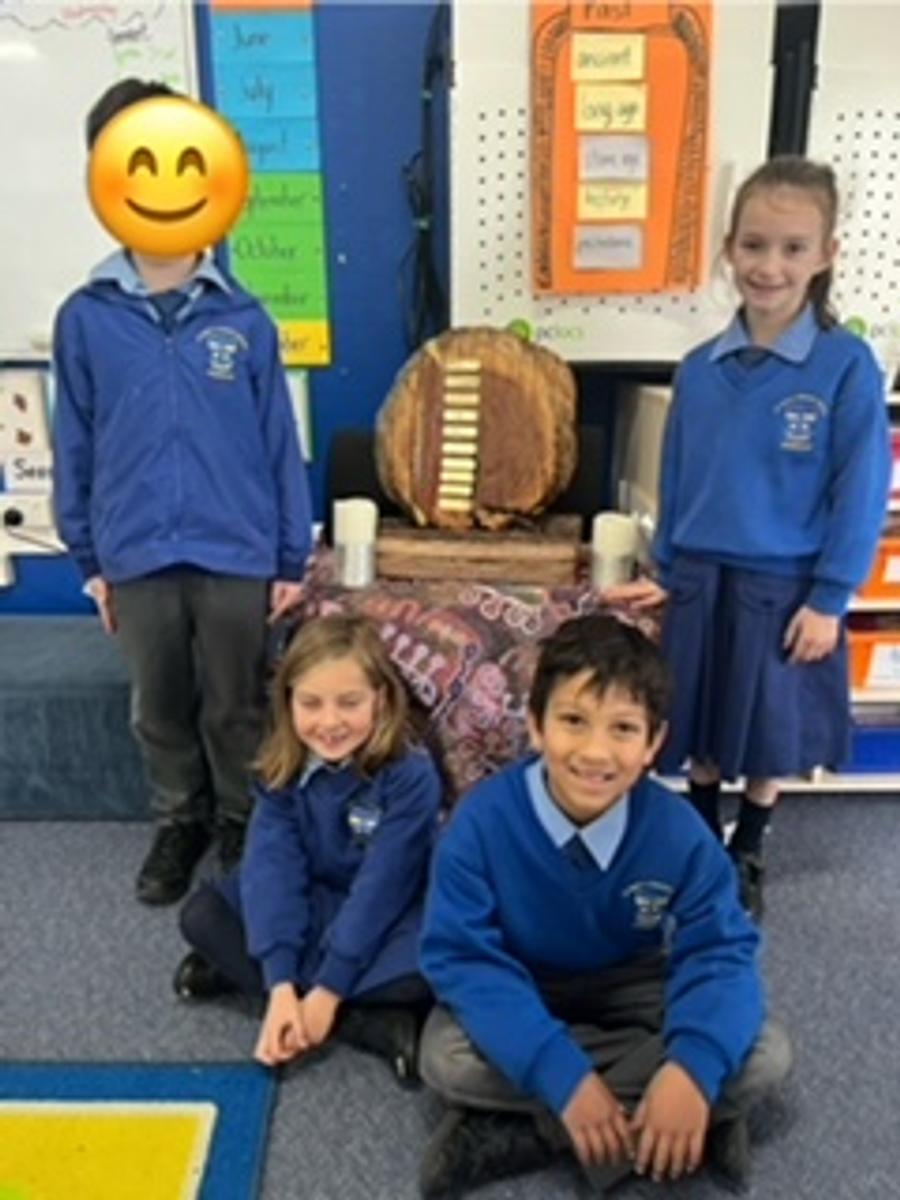








Celebration of teaching and learning
